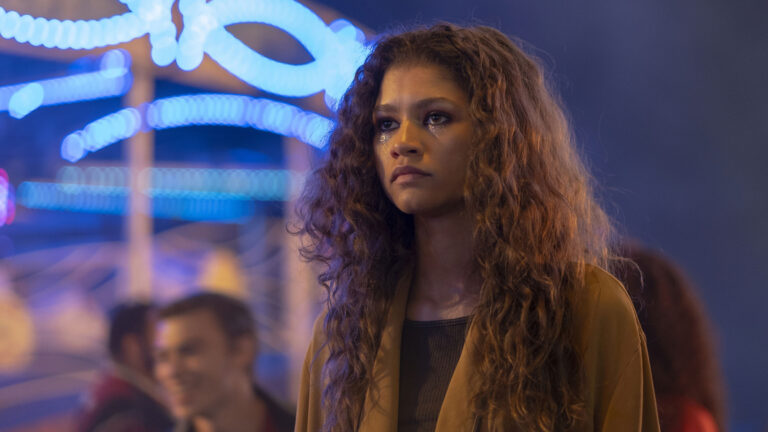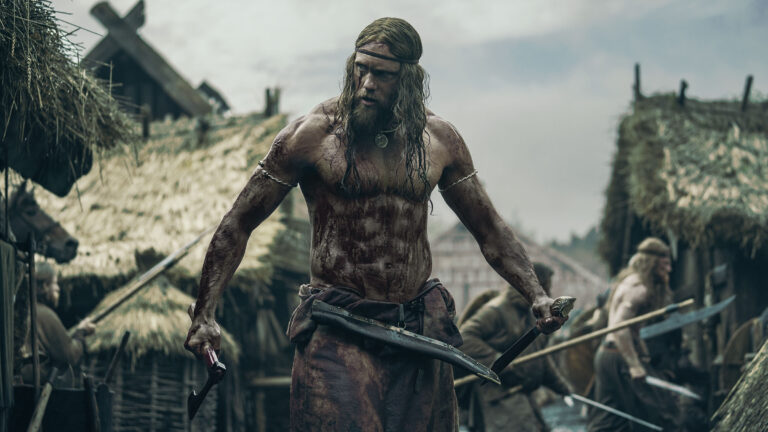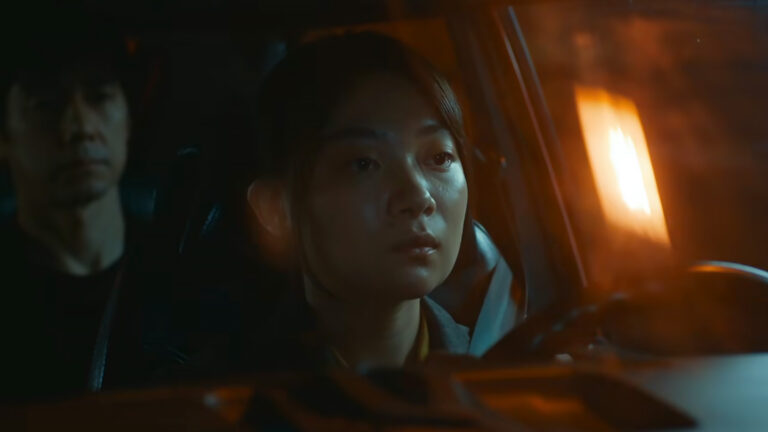Today we’re speaking with Avril Beukes, ACE about the biopic RESPECT about Aretha Franklin. Avril has been nominated for and won numerous editing awards in her native South Africa.
Her films as editor include the TV series Queen Sugar and Women of the Movement, and feature films like Red Dust, and Yesterday. Yesterday was nominated for an Oscar in 2005 for Best Foreign Language.
Listen while you read…
HULLFISH: It’s a pleasure to meet you. How are you?
BEUKES: I’m good. Thanks.
HULLFISH: Tell me how you came to edit this project.
BEUKES: You know how that thing sometimes happens with editors and directors when you meet somebody for the first time, you edit for them, and you just find yourself perfectly in sync? That was how it worked with us. We found ourselves perfectly in sync on the first gig we did together, and then we went away and both did other things. When this project came up, she really fought hard to get me on it, and she was successful. So, that’s how I came to be on it.
HULLFISH: That’s fantastic. Do you remember how that relationship started, that first time that you met the director?
BEUKES: I was working for Ava DuVernay on a TV series called Queen Sugar, Oprah Winfrey’s series, and Liesl [Tommy] was brought on as one of the directors. That’s how we got together. So, it was actually a wonderful opportunity because on Queen Sugar, I worked entirely with indie film directors. They were not new directors, but they were new to television. I worked with Neema Barnette, Julie Dash, and a whole wonderful list of directors, and Liesl was one of them. That was on season two.
HULLFISH: Queen Sugar was one of those that I’d been thinking about doing an Art of the Cut on. I’m sorry that I missed you on that, but we got you on this.
BEUKES: Yeah, I did four seasons of that.
HULLFISH: Did you do any research or read biographies for this film?
BEUKES: Yes. I read the biography called Respect: The Life of Aretha Franklin. I think David Ritz is the author’s name. I read that very thoroughly from beginning to end even before I had the job. I watched a whole lot of videos, all the music videos I could find. I listened to a lot of the music. I was familiar with a lot of Aretha’s music. Then, I watched the Sydney Pollack documentary Amazing Grace as well. I went into it having watched and read quite a lot.
HULLFISH: Do you think that helped you? There have been discussions with editors that I’ve talked to—especially ones where they’ve edited a movie-based book or a novel—do you read it or don’t you read it?
BEUKES: In this case, the movie isn’t based on a book. The book, Respect, was a biography of Aretha’s whole life, but we just did a section of her life in the film.
When it came to doing the film, we were very mindful of the fact of not betraying her.
What I think was very interesting to me from an editing point of view is that in the book you are made acutely aware of the fact that she curated what people knew about her. So, when it came to doing the film, we were very mindful of the fact of not betraying her. Yes, there are things you want to put out in the world that she didn’t want to put out in the world, so that’s inevitable, but at the same time, you don’t want it to just be salacious. The book makes it very clear there is just so much that she didn’t want the whole world to know. As an editor, I kept that in mind the whole time. I did not want to betray her in that sense.
For me, reading the book was getting background. I would always want to read the book no matter what. Even if it was based on a book, I would want to arm myself with as much knowledge as I could before getting onto the project, unless it’s a case where I’ve been told that we just disregarded the book, but otherwise think I would prefer to read the book.
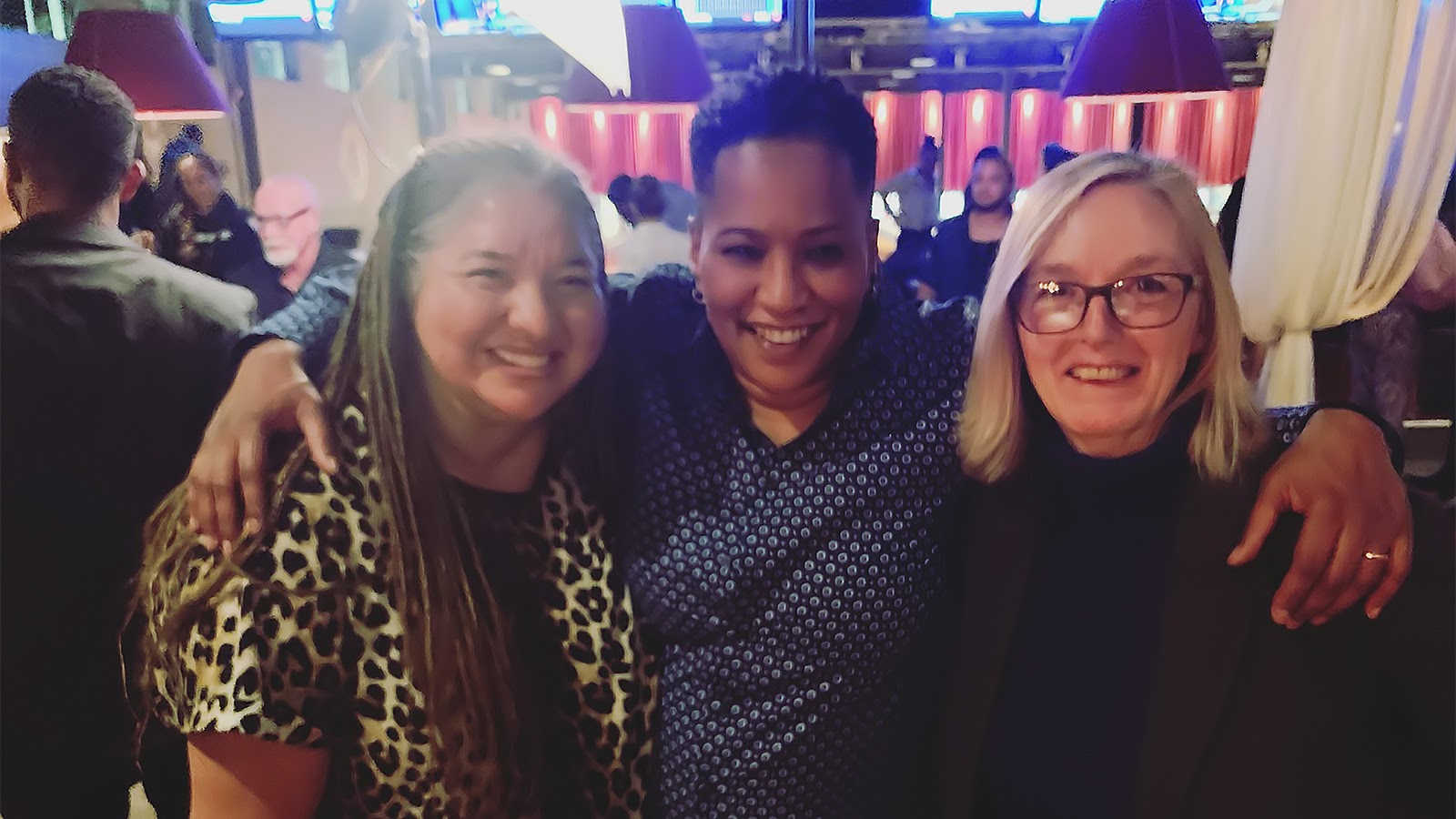
HULLFISH: So, this is a director that you knew before, and do you have a specific collaboration style yourself with any director or did you find a specific way of collaborating with this director?
BEUKES: I can’t say that I have a specific style because every director’s different. I work with so many directors so I try and adapt however I am to what suits them because ultimately for me, it’s about their vision. They need to choose the style of collaboration. If I find it’s a style that’s totally incompatible with how I work, then I’ll speak up and say, “Do you mind if I do this or do that?”
Generally, I try and fit in with the director. With Leisl the first time we worked together was just really easy. What changed on this particular production is that we were shooting in Atlanta, so we were doing dailies in Atlanta. Then, they still had some pickups to do in New York, so the crew went to New York and we stayed in Atlanta to finish the editor’s cut, then went to New York, and two weeks later New York went into lockdown.
Pivotal Post had rented offices for us. We had to move out of there and each one went to where they were living at the time. So, I was in a rented apartment. MGM rented another apartment in the same building for me to work from, and basically, it was each person in his or her own little space until almost the end of the production. When things had started calming down a little bit COVID-wise in New York, Liesl came to the edit suite three or four times, but that was just before lock. Literally, a week before we were locking.
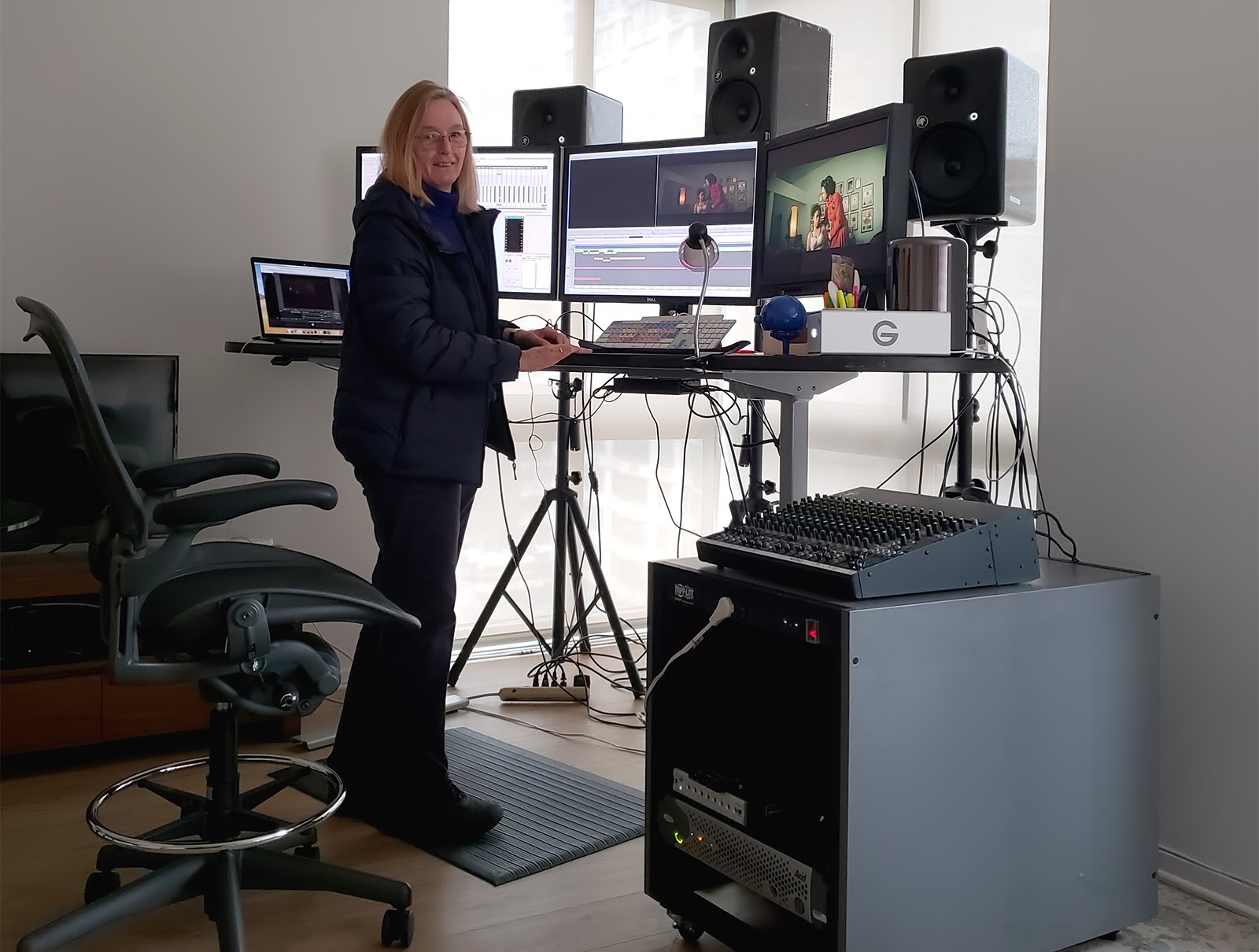
Of course, you can imagine that changed the entire dynamic of working together. However, we had found a way to work together seamlessly in LA didn’t apply anymore. The VFX guy was there, I was here, my music editor was somewhere else. We were all over New York City. My first assistant, Ernest Leif Boyd, was in New Jersey. We were just doing the best we could.
Understandably, MGM didn’t want us to work on the internet. We didn’t have footage passing over the internet. Ernest and I each had a hard drive with the project on it, and then every night I would send him my projects so that he could keep up to date with what I was doing. The VFX editor, Ben [Slatkin], was doing exactly the same thing as well as Susanna, who is the music editor. That’s how we worked.
We were just exchanging projects and sending each other files via Okta, a very secure site. So, we could send each other files, Kris Bowers, the composer, could send us music, and graphics could be sent, but we were not doing a Teradici server-based edit. In a way, I think it helped us because we didn’t have to contend with that as well. We had to upgrade the internet in the apartment and Liesl had to upgrade her internet just so that we could work every day. So, I’m very grateful in a way that we didn’t have to still contend with editing online.
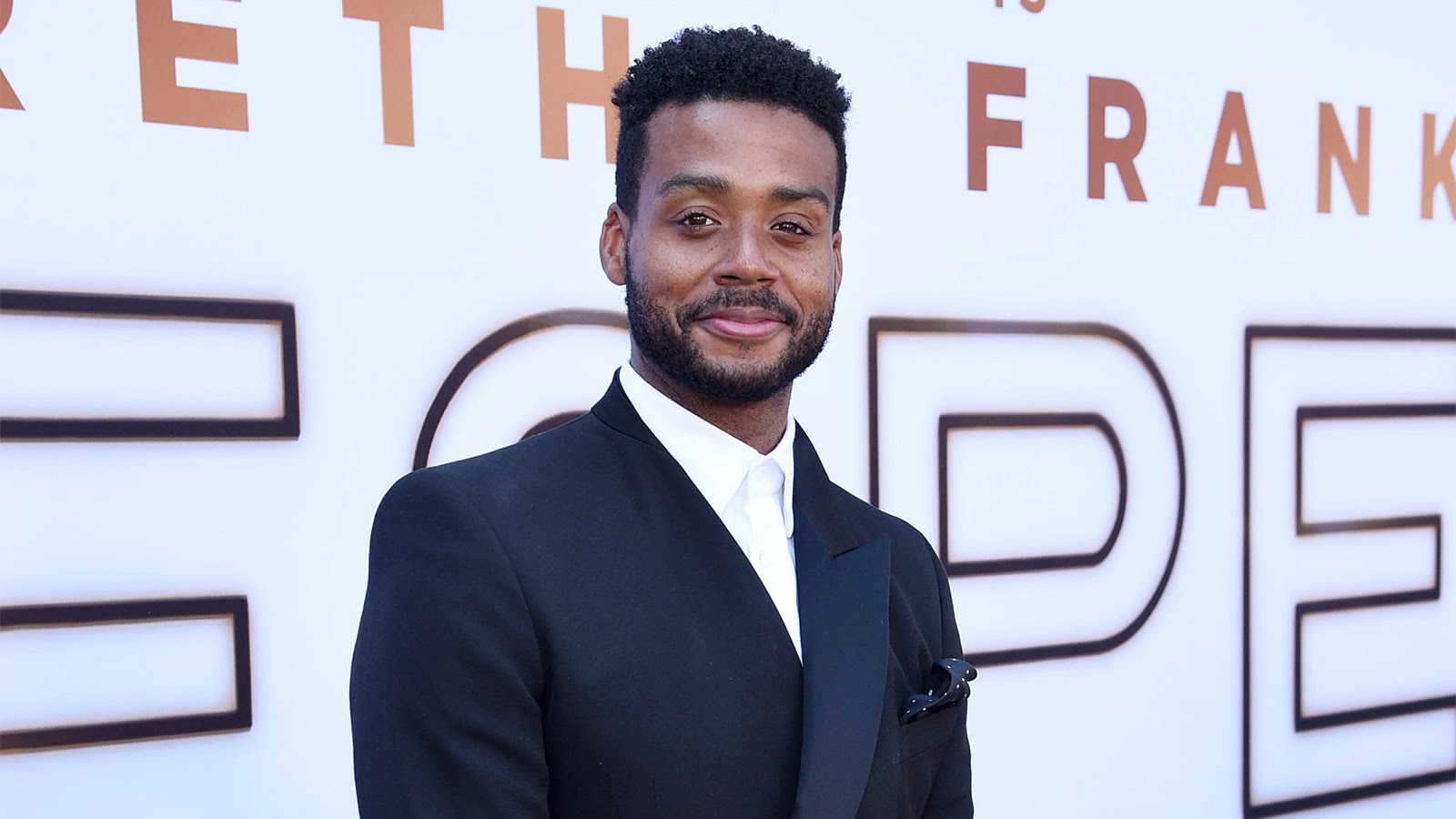
HULLFISH: The service you talked about was Okta?
BEUKES: It’s called Okta It’s a server where we can send files securely.
HULLFISH: Like a professional version of Dropbox or something.
BEUKES: Yeah, exactly. With a lot of encryption.
HULLFISH: I’m really interested in your ability to deal with notes and the director in that kind of condition. Can you talk to me a little bit more about how you were able to collaborate, not technically, but socially and emotionally with Liesl during that?
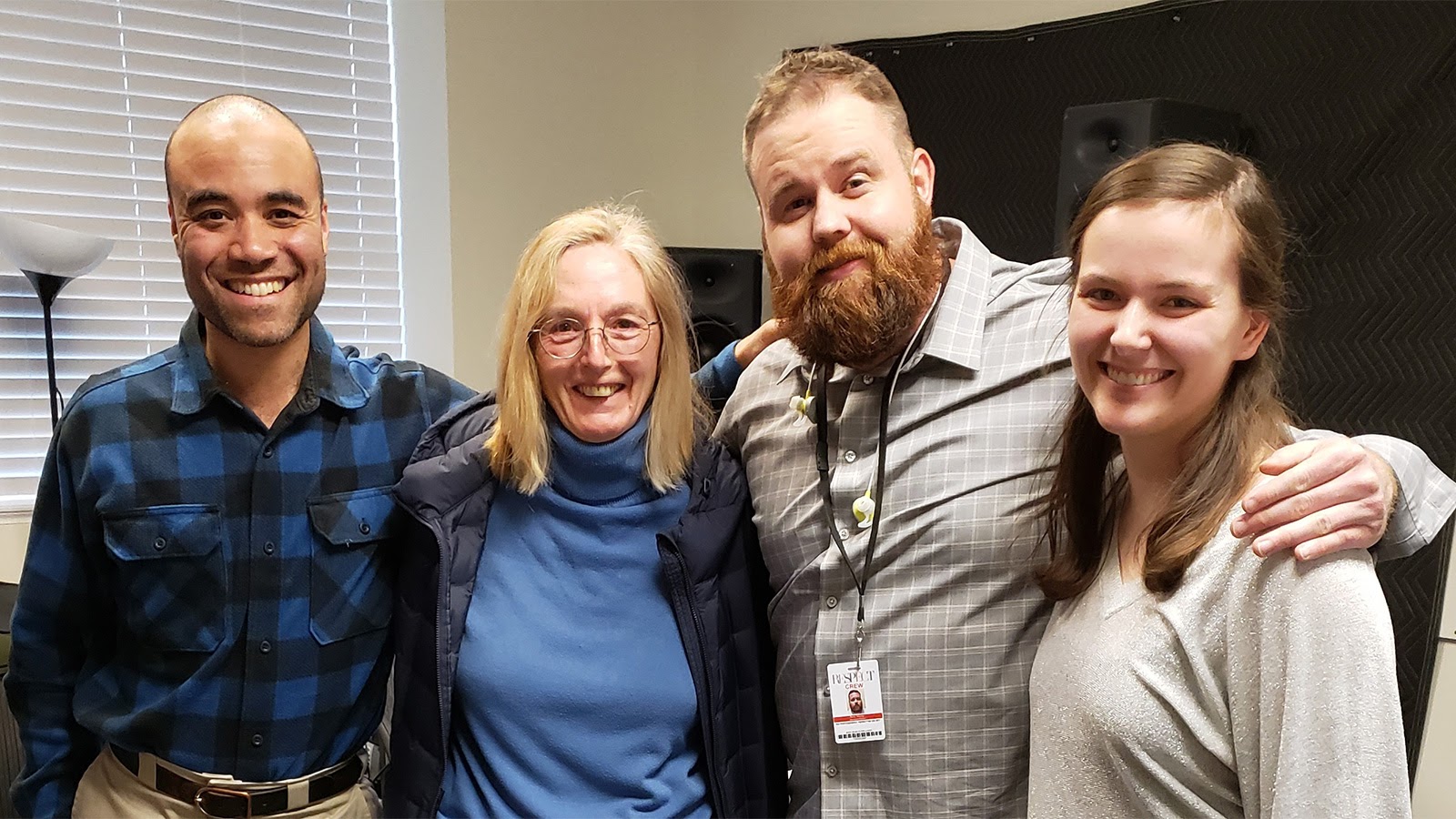
BEUKES: Liesl is a good communicator, so that really helps. She likes to do it live, so it wasn’t a question of just giving me a bunch of notes and disappearing. We would work together. There’s a lot that I would do without her and then show her the next day, but just talking through things and working together quite intensely wasn’t bad.
We started getting notes from producers a few months later, and then Liesl and I would work together again. In a normal environment, we probably would have had some of the producers come into the edit bay, so that didn’t happen. Also, the producers were all in LA and Leisl and I were in New York. So, that was a different dynamic already. It wasn’t difficult because we could work together.
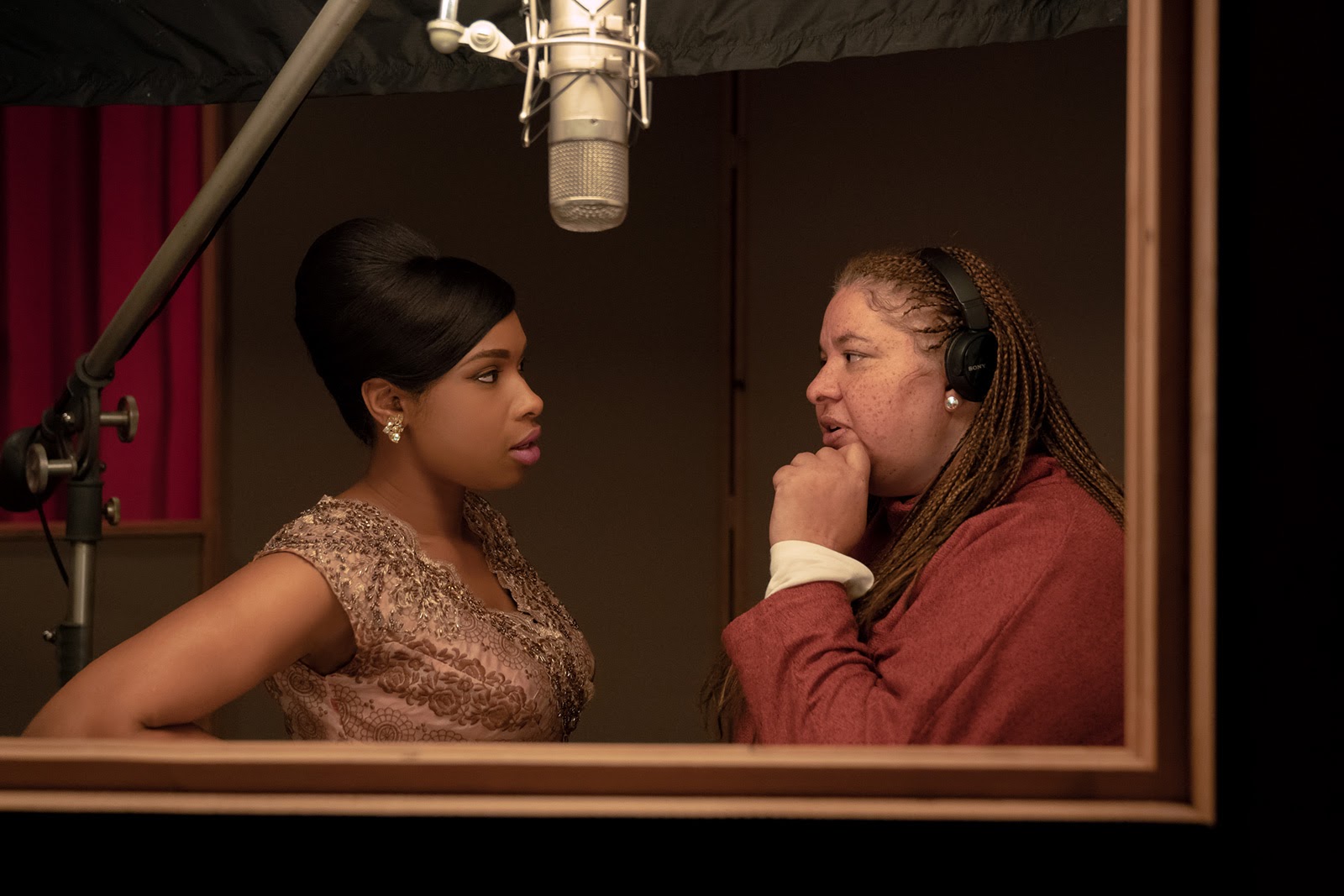
HULLFISH: Had you been sharing cuts with her during production in Atlanta, or is she the kind of director that doesn’t want that?
BEUKES: She would pop in and I would show her things. We were on the lot where they were shooting the screen games. It was very easy. I would tell her I’ve got something to show her and she would try and slip out, or she would come at night after they had finished shooting or on a Saturday or something.
I didn’t overwhelm her. I didn’t say that she had to watch every scene. In the beginning, I obviously asked a lot more, but as the shoot progressed she also was working longer and longer hours, so towards the end it wasn’t possible anymore. So, I just kept going.
HULLFISH: A lot of times I talked to editors about when someone gives you a note early in the production which can inform everything else that you do. You can use that little note for a hundred other things throughout the production.
BEUKES: Yes. That happened when we were in Atlanta and I think probably around a month into the shoot when I had quite a big set piece to show her. We watched it a few times. I remember the screenwriter was also there that day and we talked through specific issues about how she’s communicating something through that scene. I was able to use that specific note all the way through in every single scene, not just the big set pieces. So, it was just a nuanced issue.
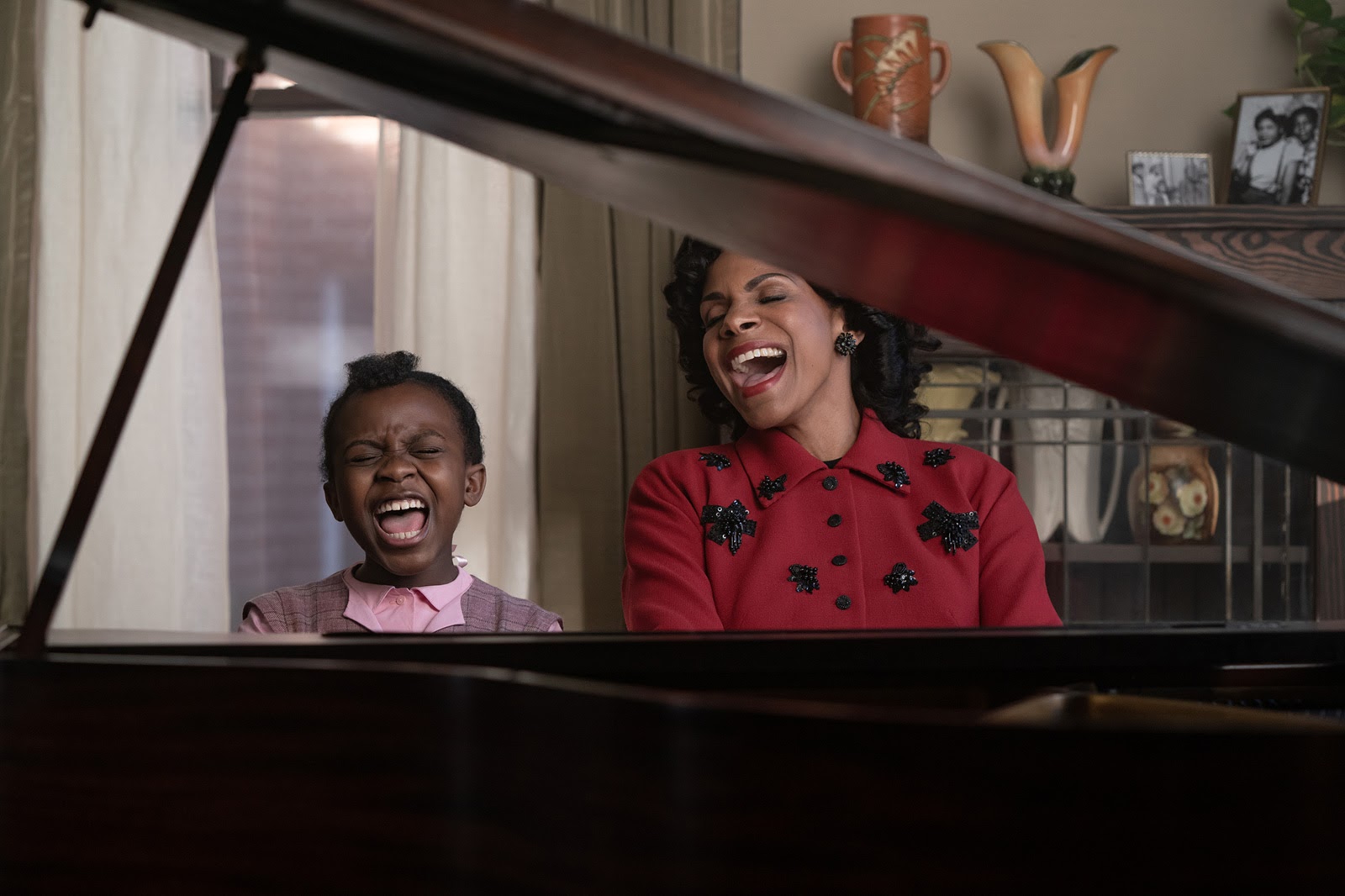
HULLFISH: Can you remember specifically what that is?
BEUKES: It was one of the big scenes of Aretha’s father in the church preaching to the congregation when Aretha was a little girl. It was about how she sees him, how the audience sees him, how we’re going to see him, and almost how he sees himself.
HULLFISH: So she gave you that note, and were you able to use that from then on?
BEUKES: Yes. Definitely. I applied it to other scenes.
HULLFISH: When you have a blank timeline and you’re given a scene, what do you do? What’s the first thing you do when you walk in in the morning?
BEUKES: That’s all determined by the fact that I came up in the world 35mm. I do this thing that my assistants have called the line cut—which I think is pretty much what they also can do with ScriptSync—but for me, the way I do it is more helpful to me. I start off doing it and then my assistants watch how I’m doing it and they’ll take it over if they have time during the day, and if they can’t, I’ll just do it myself.
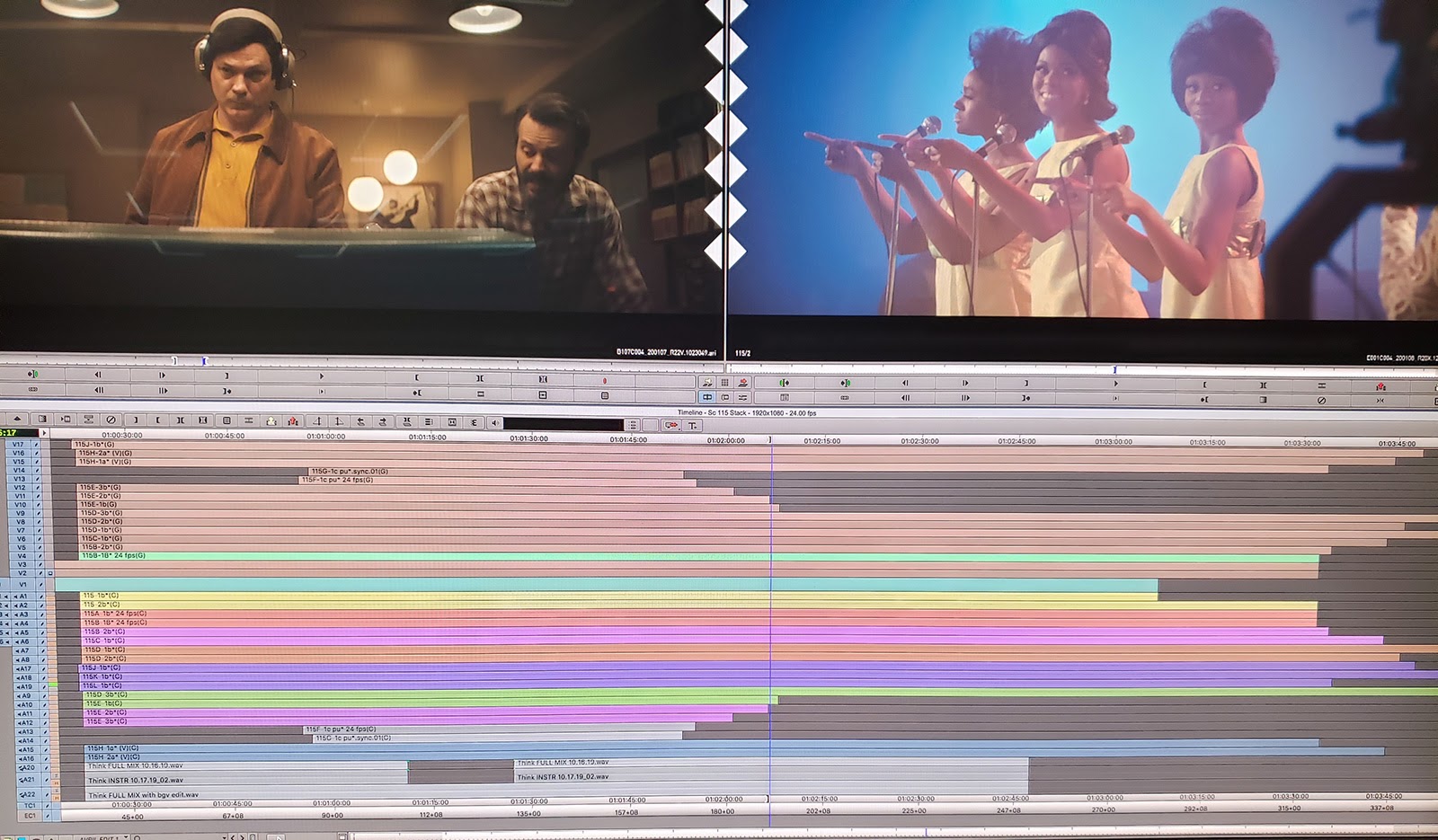
So, I create a timeline where it’s each take of your line, then each take of my line, and each take of your line, starting with wide shots and then going into the closeups. I’ll have literally a series of: ” How are you?,” “How are you?,” “How are you?…” (different line readings). I’ll do the same thing with action. It’ll be a section of the action. So, if there’s a fight sequence, it’ll be from this point in the fight to that point in the fight. Then, I lay that on my timeline and then I start whittling through it. That’s basically how I cut.
Part of that is also group sequences, so I can switch between cameras. For instance, if they do you on A camera and me on B camera, then it gets split up even further in the line cut.
HULLFISH: Is there something that you do to keep that from getting too choppy? Because sometimes I edit the exact same way. I do it in larger chunks. I usually do three or four lines, breaking a scene up into, depending on how long it is, maybe five pieces or six pieces or ten pieces instead of line by line, but sometimes I find that at those breaks my editing gets choppy.
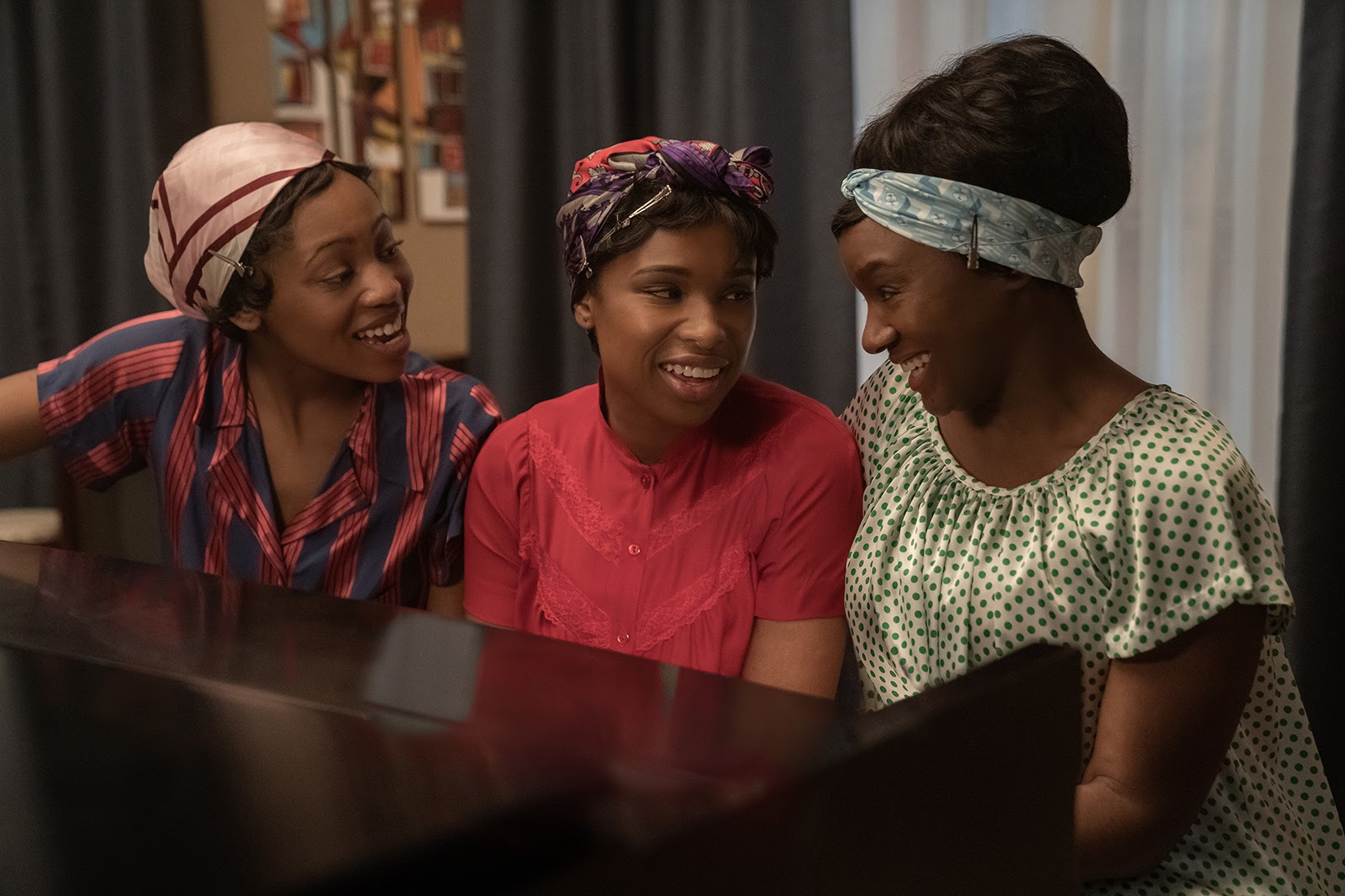
Is it something that you just do and then fix later on? Or is there something that you do while you’re trying to assemble that keeps you from thinking of it as individual little lines, which of course would be a problem?
BEUKES: Because I always watch my dailies, I already know what it looks like without chopping it up. So, I remember, that this section of the scene needs to play in one shot or that I need to leave three or four lines in one shot. Because I watched dailies, I pretty much will eliminate that. Yes, I’ll watch it back and think, “Oh, I’m cutting too much,” and then I’ll pull it out. I think that is a danger if I hadn’t been watching dailies, and yes, I think I could fall into that trap quite easily.
HULLFISH: Because I’ve talked to people that instead of watching the dailies as they are, they use that line cut, but before you get the line cut, you’re watching the dailies. Are they strung out as a KEM roll or do you just click on each individual take in the bin?
BEUKES: I just click on each take.
I’ll end up having 15 or 16 versions. Each one has been whittled away more and more.
HULLFISH: Do you bother making notes because you’re going to have that line cut, or are you making notes in your dailies or just remembering things in your head?
BEUKES: It’s a combination, I think. On this specific project, I had so much footage sometimes that I had to make notes. The timeline picture that I sent you of the stacking is something I did with every song. I think in that specific one, there were 15 layers of video. Each of them was two or three or four cameras. So, in actual fact, it was more like 48 or 60 layers of video. Then, that’s a process where I’ll literally whittle it away. I’ll end up having 15 or 16 versions. Each one has been whittled away more and more.
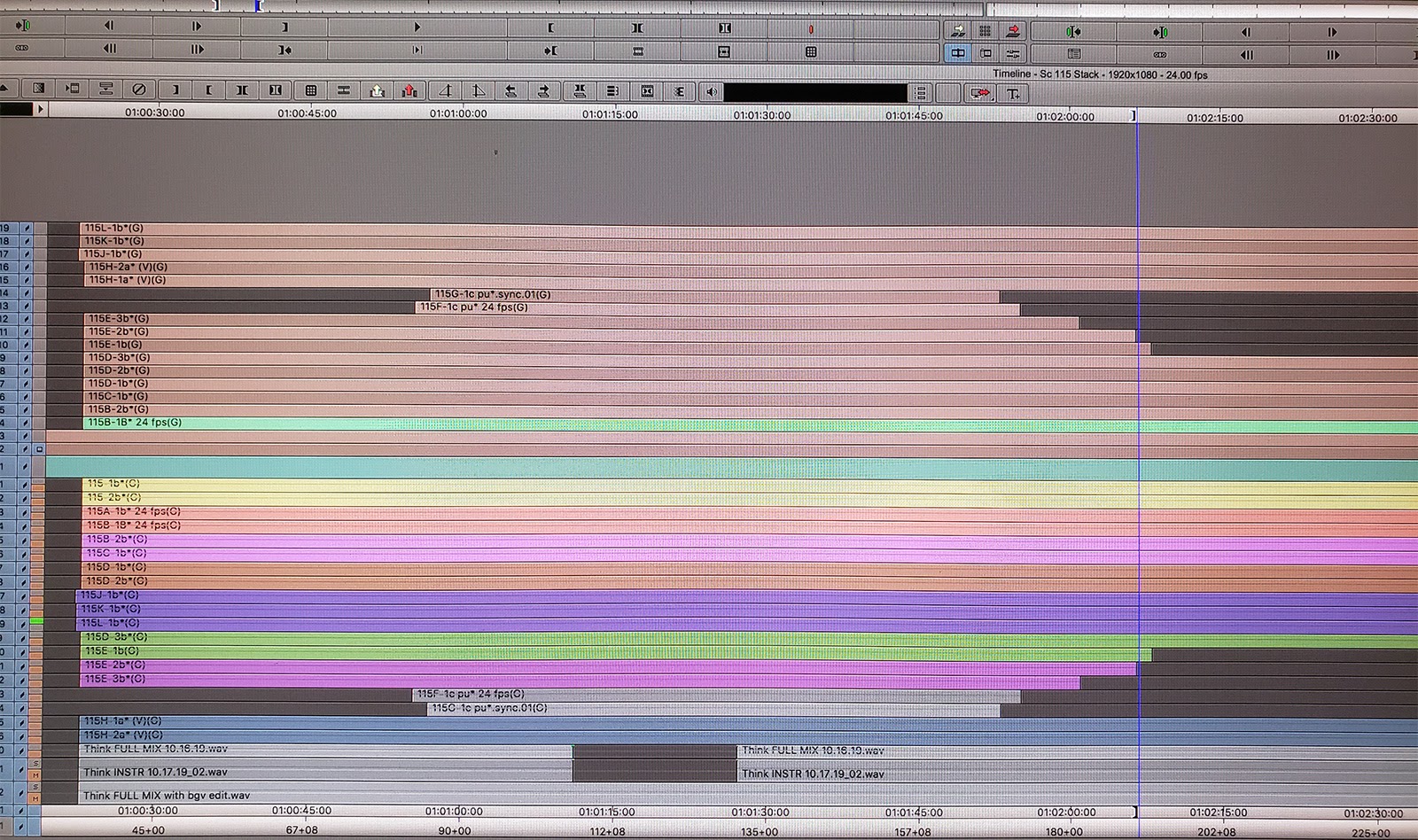
It’s like creating a little wooden sculpture, whittling away with a knife. That’s essentially what I’m doing. I’m whittling away with a knife until I’ve got a timeline with maybe three or four tracks of video. Those are my final decisions.
HULLFISH: There are definitely different kinds of editors. There are the builders and there are the cutter-downers.
BEUKES: I’m a cutter-downer. I’ll build it first, and then I’ll cut it down.
HULLFISH: Like the chiselers. It’s that old analogy of seeing the sculpture inside of the rock.
I’m a cutter-downer. I’ll build it first, and then I’ll cut it down.
BEUKES: What was also important with the musical sequences is that they were not just musical sequences, but they were actually part of the storytelling. The songs that Liesl chose for the film she chose specifically because they were telling the story. So, it’s not about stopping the story to have a musical number. That song is part of the story. When you cut it, you’re not cutting it as a musical sequence, but you’re cutting it as story. That was a really interesting way of working for me. Yes, you have all these cameras on all these shots, but you’re still telling a story. It’s not just pizzaz; it’s storytelling.
She can do 16 different takes and not a single one is the same, and they’re all good.
That was also important for the stacking because the stacking in those cases was acting as my line cut, but you’re less likely to use line by line with a musical performance, especially with Jennifer [Hudson]. Oh man. She can do 16 different takes and not a single one is the same, and they’re all good.
HULLFISH: Was that tricky in the musical sequences that you couldn’t have a performance be different than another performance?
BEUKES: You could switch it up. It wasn’t the fact that you had to stick with one take. Definitely not. She’s consistently good, but you would probably be more inclined to use a chunk from each take as opposed to shorter bits from each take because you’re not just cutting picture. Those are all live performances. She did pre-record, but she performed live anyway. The live performances were really brilliant, so we wanted to use as much as we could.
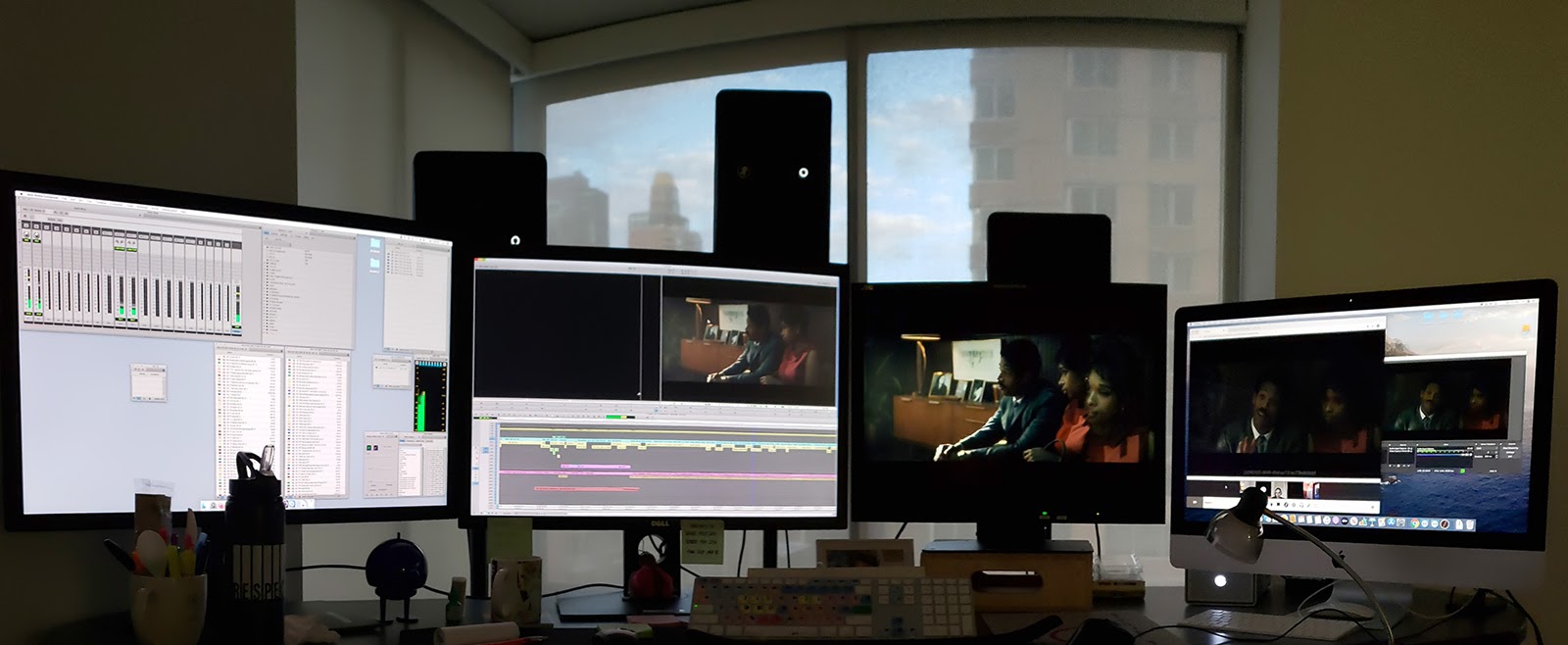
HULLFISH: I just talked to Myron Kerstein who cut In the Heights, and they did the same thing by having live performances. Were you able to use those live performances without having noticeable audio differences?
BEUKES: Yes. The micing was really good, so we didn’t have a problem. She was mic’ed close to everything, so we didn’t have a problem. We even mixed and matched quite well. In some places, she may have picked up a line in the studio later on and it all blended it flawlessly. She was just that good.
HULLFISH: That’s great. What is your approach to assembling scenes once you’ve got them cut? Obviously, movies are shot out of order. You really don’t have context when you’re cutting a specific scene. Are you someone that as soon as you’ve got scene two and scene three, you put them together, or do you wait down the line?
BEUKES: I cut all in one timeline, and every scene is in its proper place as soon as possible. So, every day I’m watching everything. I’m cutting a new scene in place on the timeline, so I’m watching what comes before and what goes after. I’m watching everything all the time.
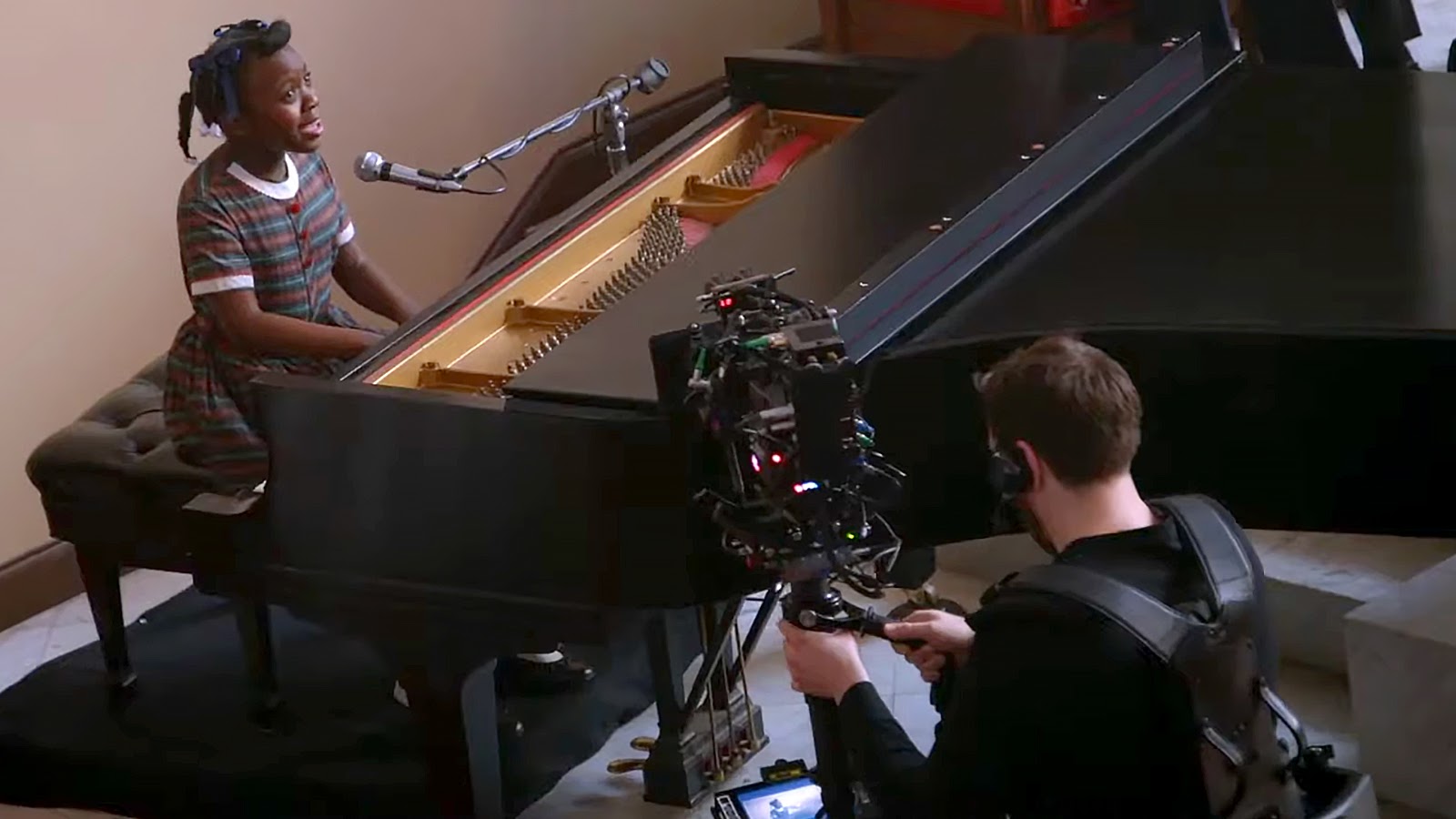
HULLFISH: In your timeline do you do the whole movie, or are you just doing reels?
BEUKES: No, the whole movie. I always work in the whole movie. My assistant really has to pressure me to break up into reels because I want to be able to just watch everything all the time and not have to keep switching to a different reel. I think maybe because that’s how I came up where I always had to stop because they had to go and to put another reel on, so now that I have the luxury of not having to do that, I really don’t want to do that.
I always work in the whole movie. My assistant really has to pressure me to break up into reels.
HULLFISH: That’s very funny because I just was talking to a young editor who saw that movies are cut in reels and they were saying, “Oh, do you just cut in reels because that’s the way the older editors are used to doing it?” I said, “No, that’s not the reason. It’s because of all of the deliverables and that kind of stuff.” I have also cut movies from beginning to end in one timeline, but I find it gets a little cumbersome.
BEUKES: It doesn’t get cumbersome for me. I think it’s really hard on the assistants. Also, when they’re busy working on sound and stuff, they would clip it out into a reel and then just put it back into my timeline.
HULLFISH: That makes sense. Let’s say, scene seven comes in, you cut scene seven, and then whatever the next scene is that you’re going to cut you either start it before or after scene seven because you can’t cut in order, right?
BEUKES: I’m never cutting in order. Maybe the last week you get to cut in order with whatever’s left, but no, you don’t cut in order.
HULLFISH: Are you leaving some holes?
BEUKES: Yes, I leave a short black gap, basically. If I have to show it to somebody, I’ll put a slug in that says “missing scene,” but if it’s just me working on my timeline, I’ll just know there’s a black hole.
It’s very handy for me because it means that I don’t have to go back afterwards and try and smooth things out where I wasn’t looking at how I’m coming into the scene or how I’m going out of the scene. Often, I find if I leave it to the end, there’s a lot to change. Once you put two scenes together you think, “I shouldn’t have ended on that shot or I have started that way.” So now I’m already doing that.
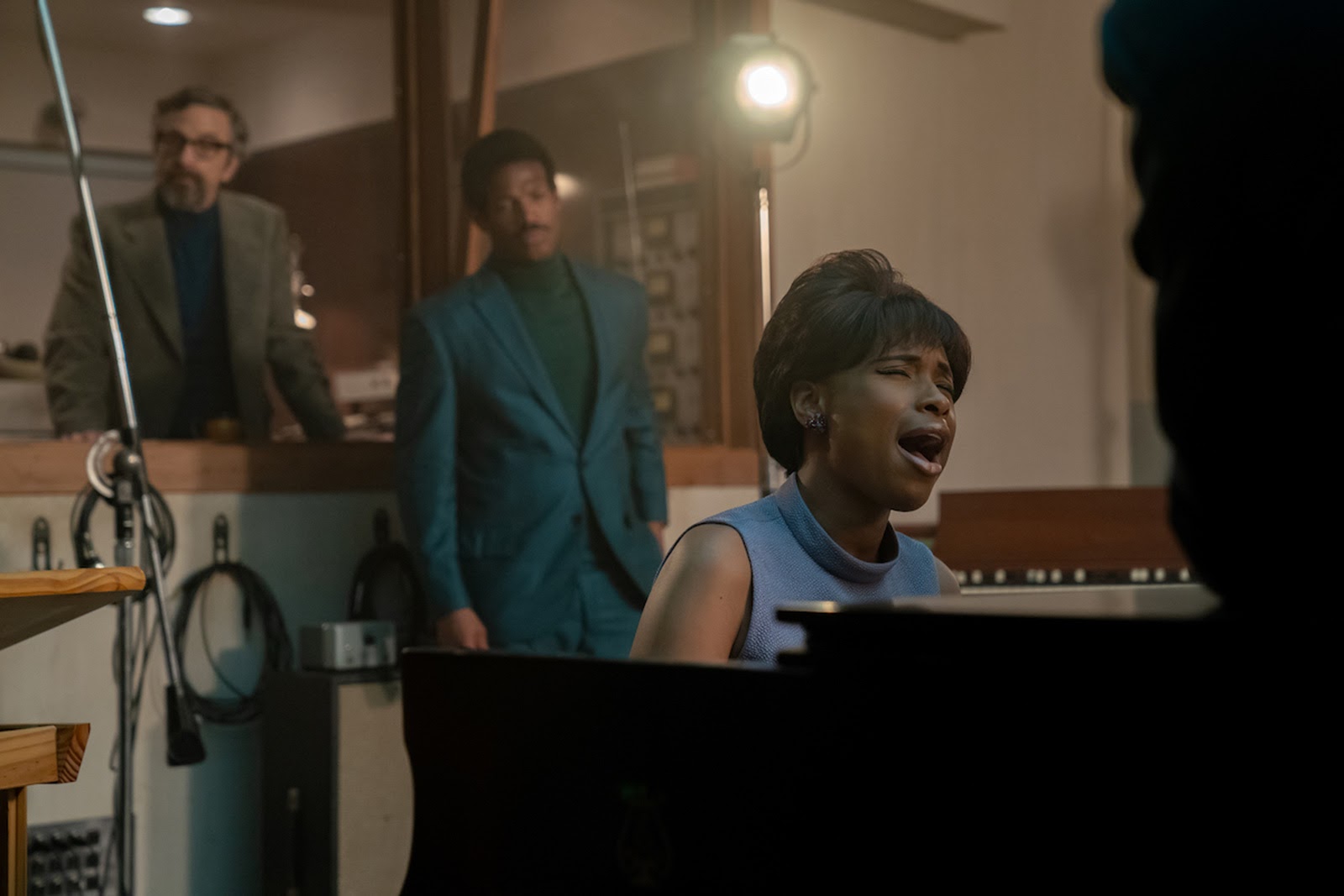
I’m almost revising my cut on a daily basis as I’m putting new scenes into the timeline because I know that at the end of the day, I’m going to have very little time to get the editor’s cut out to the director. I’m trying to do as much work upfront so that when my last dailies come in, I can really use that time in a good way and not have to go back and fix things. I guess that’s what I’m trying to do.
HULLFISH: I might have to adopt that. I love that idea. I just like to start a scene with an empty timeline and be done with something short. I think, “Hey, scene six is done.” If I did it all in one timeline, I’d always be thinking, “I’ve got two more hours of this.”
BEUKES: I’ve never worked the way you work, so I don’t know what that feels like, not even when I was cutting documentaries. I just never worked that way because I just never trained myself to work that way. Even when I’m cutting episodic television, I work only in one timeline.
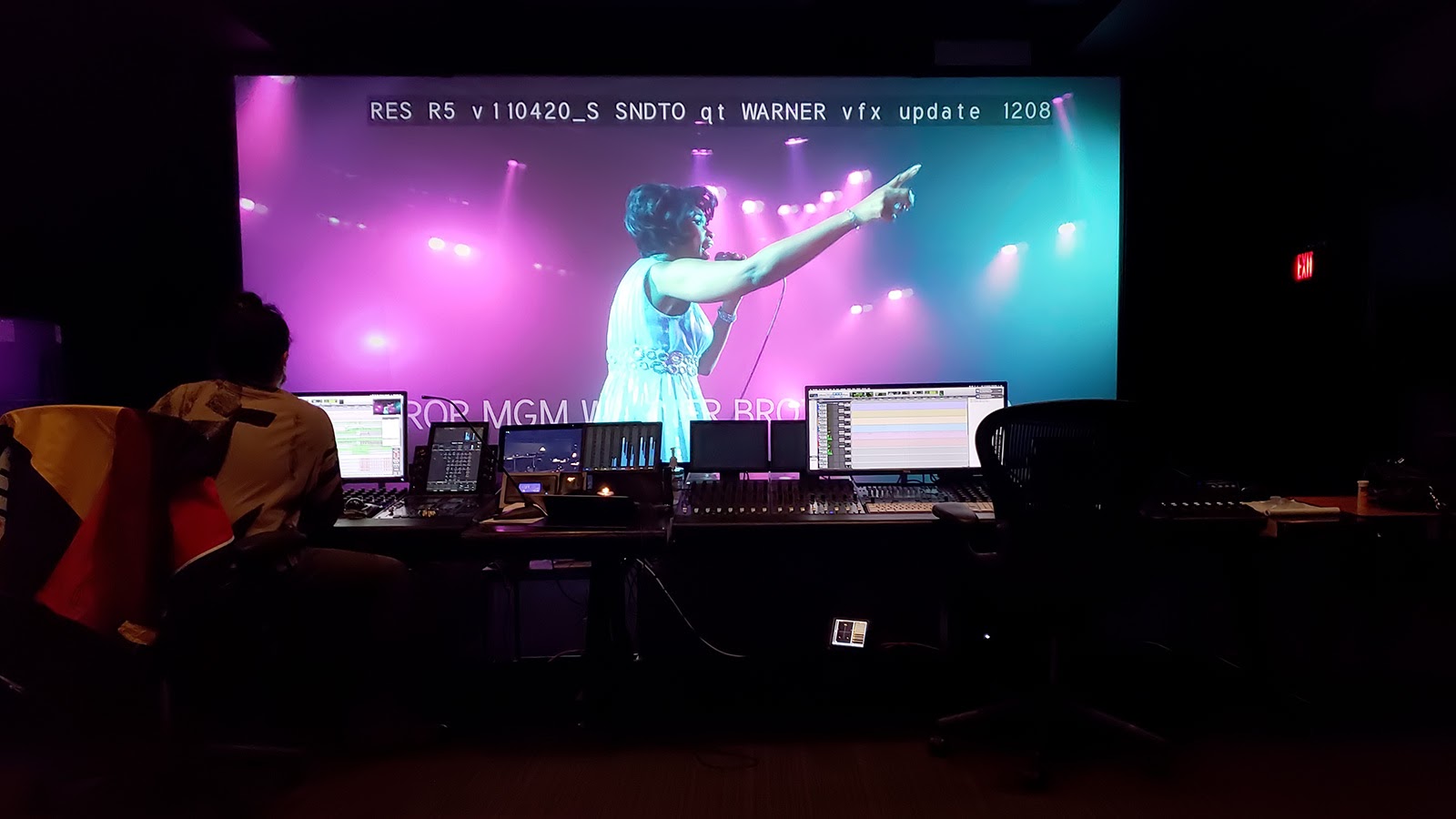
HULLFISH: Wow.
BEUKES: Then, the assistants will break it up or they’ll tell me that’s where the act break is going to come, but for me, it has to flow as one piece, and then I can start breaking it up. But on RESPECT, for instance, I think we went to reels only in the last month of post. Up until then, we had been working on a single timeline.
HULLFISH: Well, that makes it so you don’t have to rebalance the reels too much. That’s always a pain in the butt.
BEUKES: For musical transitions, I knew more or less where the reel break was going to happen, but that old thing that you had on 35mm where you couldn’t have music over a reel is gone anyway.
HULLFISH: Yeah. True. Let’s talk about the process of determining story structure and the broader pacing of the movie once you’ve got an editor’s assembly and you can see it all in context.
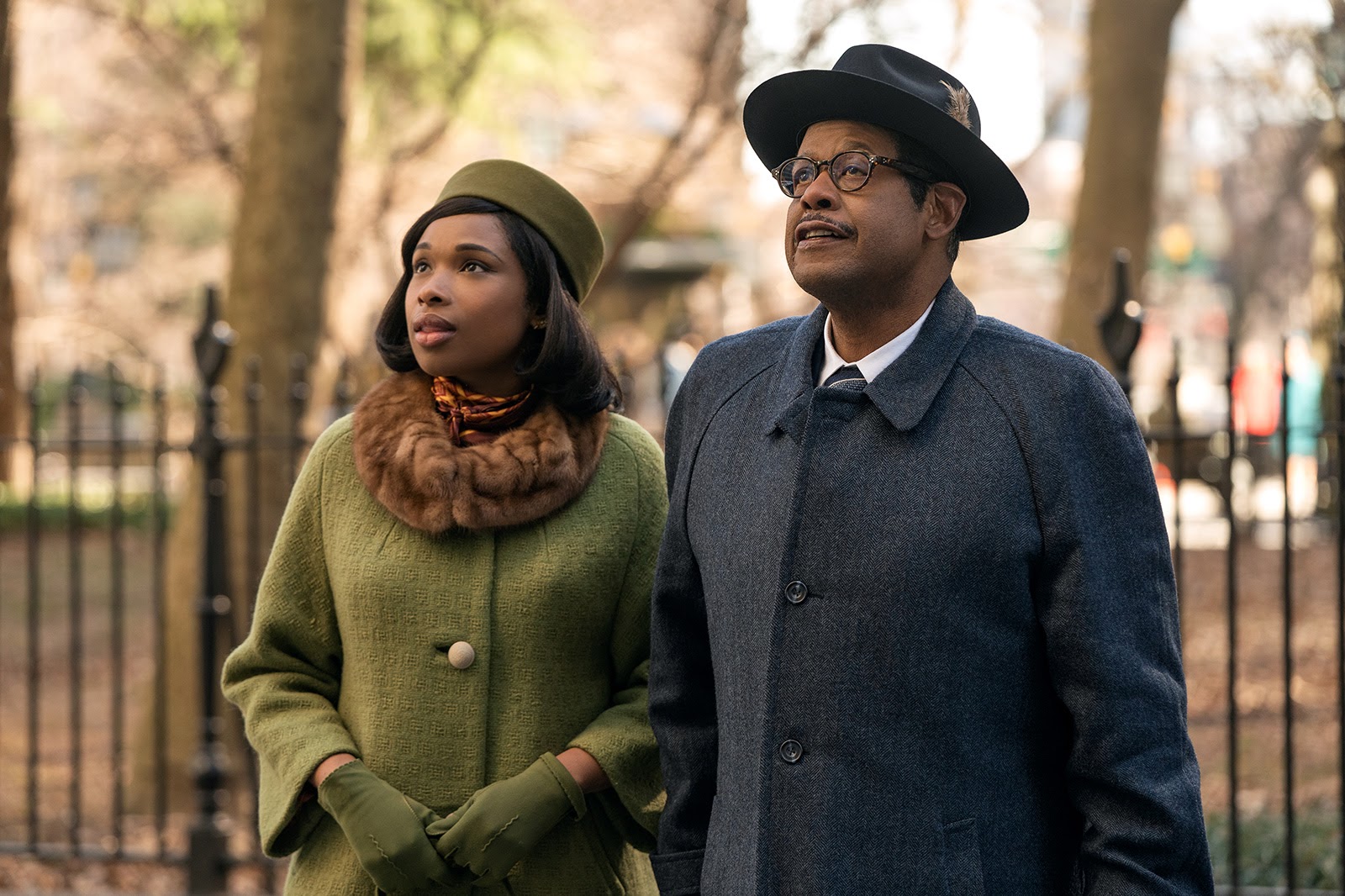
BEUKES: Because I’m working on one timeline, I’m already looking at that, but the one thing that I really try and do with the editor’s cut is to be able to show the director everything they did. So, I’m not going to go in my editor’s cut and take stuff out. I’ll create alt scenes that I put on a separate timeline, where I feel very strongly about something and where I can take a chunk of stuff out, a few lines out, or where I can jump-cut something that wasn’t intended that way in the shoot. I’ll create a whole timeline of alt versions of scenes.
What I like to show the director is what they shot, so that in post it’s not just me whittling away but it’s also the director whittling away. I at least want them to have seen the film the way they shot it, the way they envisaged it. It can be vastly too long. That’s not important to me at that point. At that point, it’s important to me that they know what they have. In the same way that when I’m cutting, I want to see every single take even if it’s not a print take so that I know what I have so that down the line if I’m looking for something I can say, “Wait a minute. There was that.”
So, the director should have at least the same process where they can say, “Oh, but I did have that.” We might’ve taken it out. We’re now in version 21 and it was in version five, but we have it and the director knows what it looks like. Then, when they want to switch things up, they have all of that in their back pocket to work with.
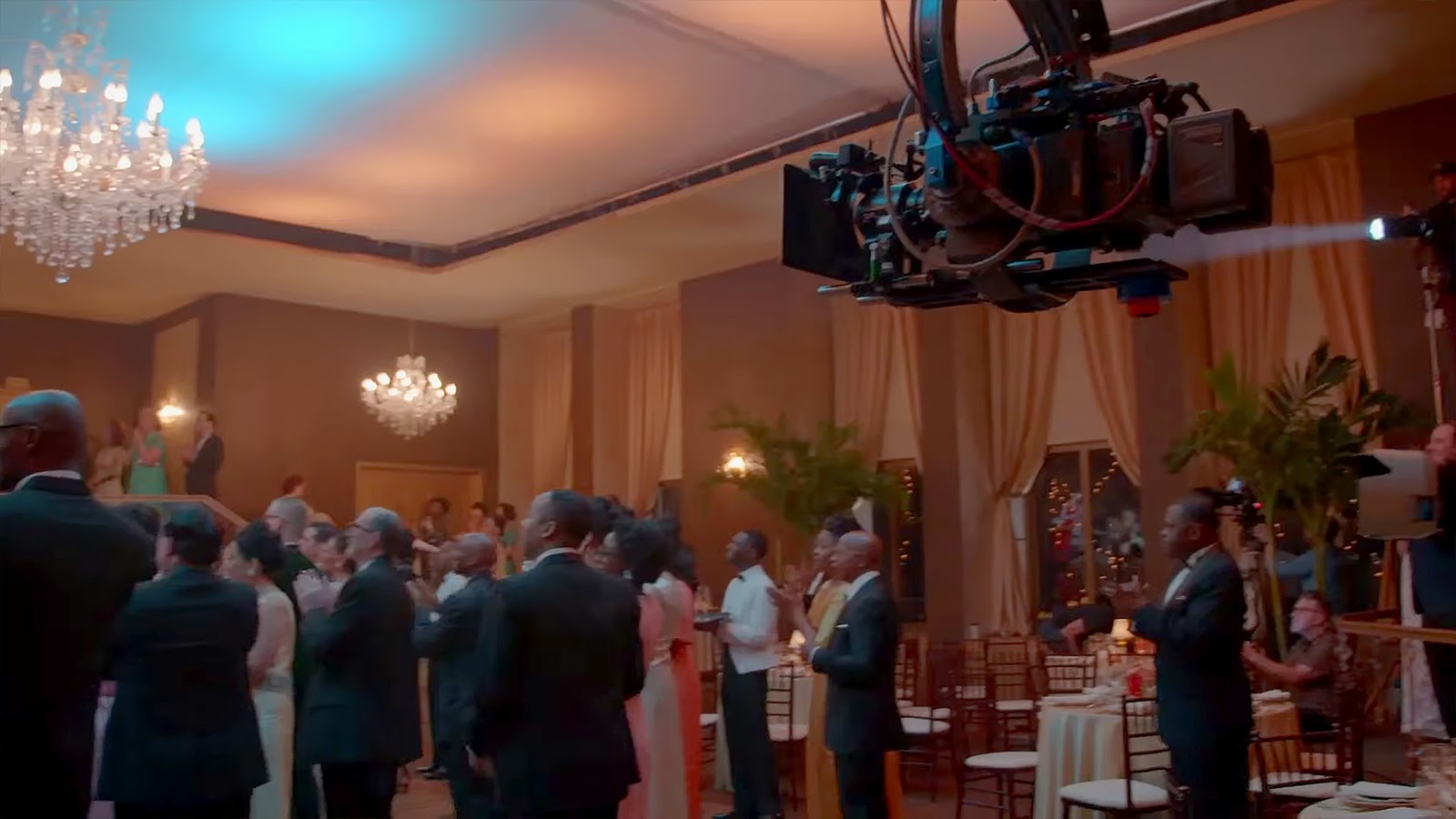
So yes, I’m looking at pacing and I’m creating alt scenes where I’ve already paced it up, but for the first screening with the director, I want them to see the full cut.
HULLFISH: Then, you’re working with the director to determine the shape of the film from that point on. Does that make versioning weird? Do you have to say, “We’re cutting out this entire scene,” or, “We’ve moved this scene to another place,”? Then, you’re obviously saving your long cut?
At any time during the process, I can go and fetch something and put it back in.
BEUKES: Absolutely. The long cut is saved and every major iteration of the cut is saved. I save a cut every day so I have access, and I’ll sometimes mark the cut and say, “Those scenes are gone.” I’ll keep a paper trail of each cut, and I’ll keep a bin where I put in deleted scenes and color code each deleted scene according to which cut it was deleted from. So, I’ll know that deleted scene came out of director’s cut version one or director’s cut version 10. Then, I might put it back in at some point, but now it’s a shorter version, so then I’ll keep a copy of the longer version.
I have all these bins full of alt scenes, essentially. At any time during the process, I can go and fetch something and put it back in. That also helps a lot with producer’s cut and studio cuts.
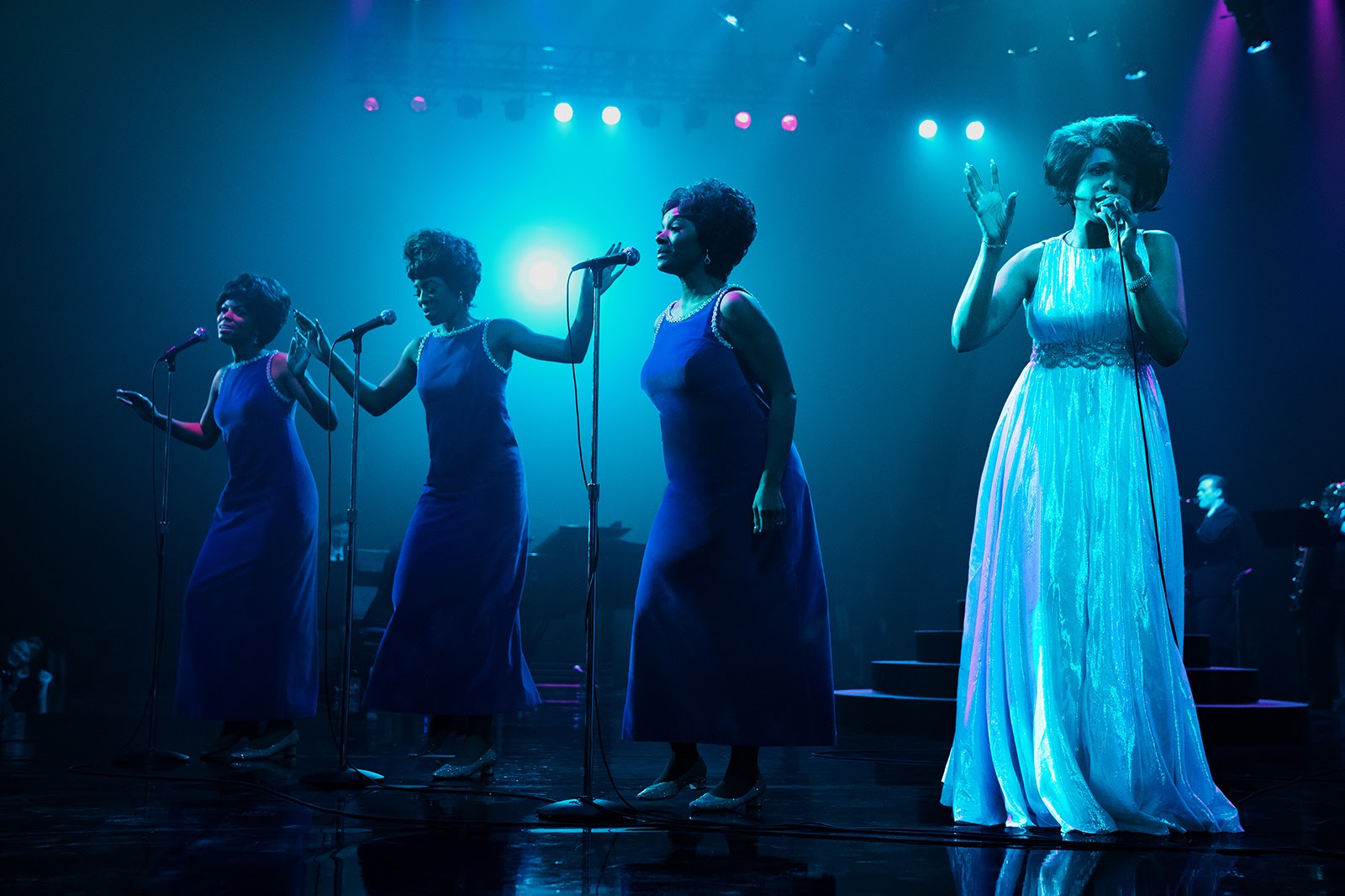
HULLFISH: Because they’re much more ready to go?
BEUKES: Yeah. It doesn’t take that long. You can get things going much quicker because you’ve got all of that in your back pocket.
HULLFISH: Can you think of any structural changes? Was this movie pretty chronological, or did you move things around in post that were different than the script?
BEUKES: We actually played with moving things around a lot. Some things stayed in a new position, for some things we said, “No, the original script version was better,” but we had a lot of different iterations of it.
Also, we had quite a bit of a length. So, we would take scenes out and then realize that those really needed to be in, story-wise. Then, we’d take a different scene out, or take half a scene out. So, we did a lot of moving around and a lot of versions of the film.
HULLFISH: Can you think of some of the reasons why those moves happened?
BEUKES: I wouldn’t say that we ever went off on a tangent because Liesl and Tracey Scott Wilson, the screenwriter, had done a script that was very well thought out. The scenes had very specific story reasons. So, when we had to lose scenes, it wasn’t easy to lose scenes. We didn’t want to lose musical scenes because when you lose musical scenes then you’re just taking out what 90 percent of the audience has come to see.
When you lose musical scenes then you’re just taking out what 90 percent of the audience has come to see.
One of the major things that we had to contend with is how soon do we get to the adult Aretha? Because a lot of the audience is going to want to get to the adult Aretha as soon as possible because it’s Jennifer Hudson. So, we did a lot of restructuring, trying something different, doing this thing, and we tried putting it out of chronological order, putting it back in chronological order, but it seemed to always come back to chronological order because it just seemed to tell itself best that way. It was something that we did spend a lot of time on: how soon did we get to Jennifer Hudson? So, that was one of the crucial questions that we were dealing with.
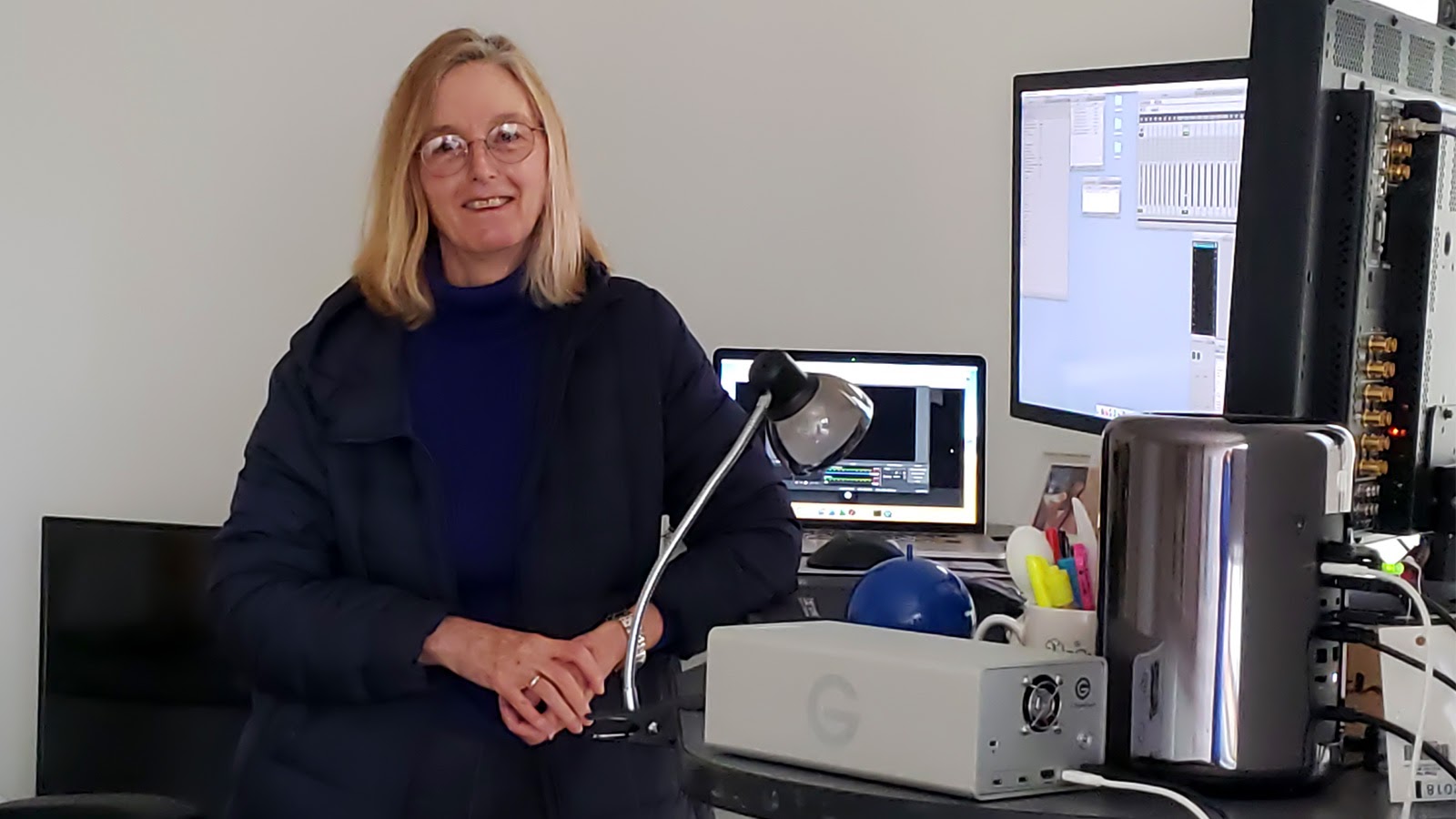
Later on in the story, we had scenes that dealt with a certain period in her life. We were doing little test screenings and we were never really sure if we set it up enough. Because speaking about a film like this—as I think with a lot of biopics—is there’s a huge section of the audience that knows that person’s life in great detail, so you have to keep that in mind. You don’t want to spoon-feed that, but at the same time, you want to draw in a whole new audience who has none of this knowledge. So you are always between those two, and you’re trying to find the best way. You don’t want to irritate the people who know Aretha’s life, but you also don’t want to leave the people that don’t know Aretha’s life in the dark.
So, that was also a large part of what we were doing: restructuring, reordering, pulling things out of context, putting them out of chronological order, putting them back… Those are the two major questions in the film that we had to deal with.
HULLFISH: I talked to Tatiana Riegel about Cruella—which is clearly not a true story—and that was exactly what she said: the big thing is when do you get to the adult Cruella? When do you get to Emma Stone?
BEUKES: Yes, It’s really hard. Skye Dakota Turner, who plays little Aretha, is really goodher and her scenes are beautiful, but you know that the audience is sitting there waiting for Jennifer.
HULLFISH: Right. I love the early Cruella scenes too. She was a great little actress, but you’re thinking, “Where’s Emma Stone? Come on. Let’s go.”
BEUKES: Exactly. Now if you restructure and pull it out of chronological order, you can keep going back to those earlier scenes, but sometimes it just doesn’t work that way. Once you’re in the adult life, you don’t want to go back.
HULLFISH: There’s an advantage and a purpose to failing, right? There’s a purpose to trying something and saying, “Okay we tried it. It didn’t work. Now we throw that idea out and go back to chronological,” for example.
I think it’s easier for a director to be able to argue a point if they’ve already tried every single thing.
BEUKES: Yes. I think it’s really important to both the editor and the director, especially together, to try everything and even to try things knowing in your heart it’s not going to work. You just try it anyway. Also, it helps for later on down the line when the studio says, “Try this,” and you already know you tried it and didn’t work, and now you already have that cut ready to show them.
I think it’s easier for a director to be able to argue a point if they’ve already tried every single thing. If they’ve already tried all the things that the studio is going to ask for, then they know what to say. They know how to argue the point. They know how to push back. Those things are really important.
HULLFISH: Talk to me about your personality and the way you think. So much of what I’ve talked to many editors about is ego and how there’s no place for an editor’s ego in the cutting room. When you’re cutting a scene that you know isn’t going to work, how do you keep your eyes from rolling [laughs]? I know a lot of editors that say they’re glad that the director is behind them so the director cannot see their eyes rolling.
BEUKES: I didn’t have that luxury. The directory could see me all the time. I can honestly say on this production that never happened. I never had cause to roll my eyes at all. It has happened in the past and I have had the director sitting behind me.
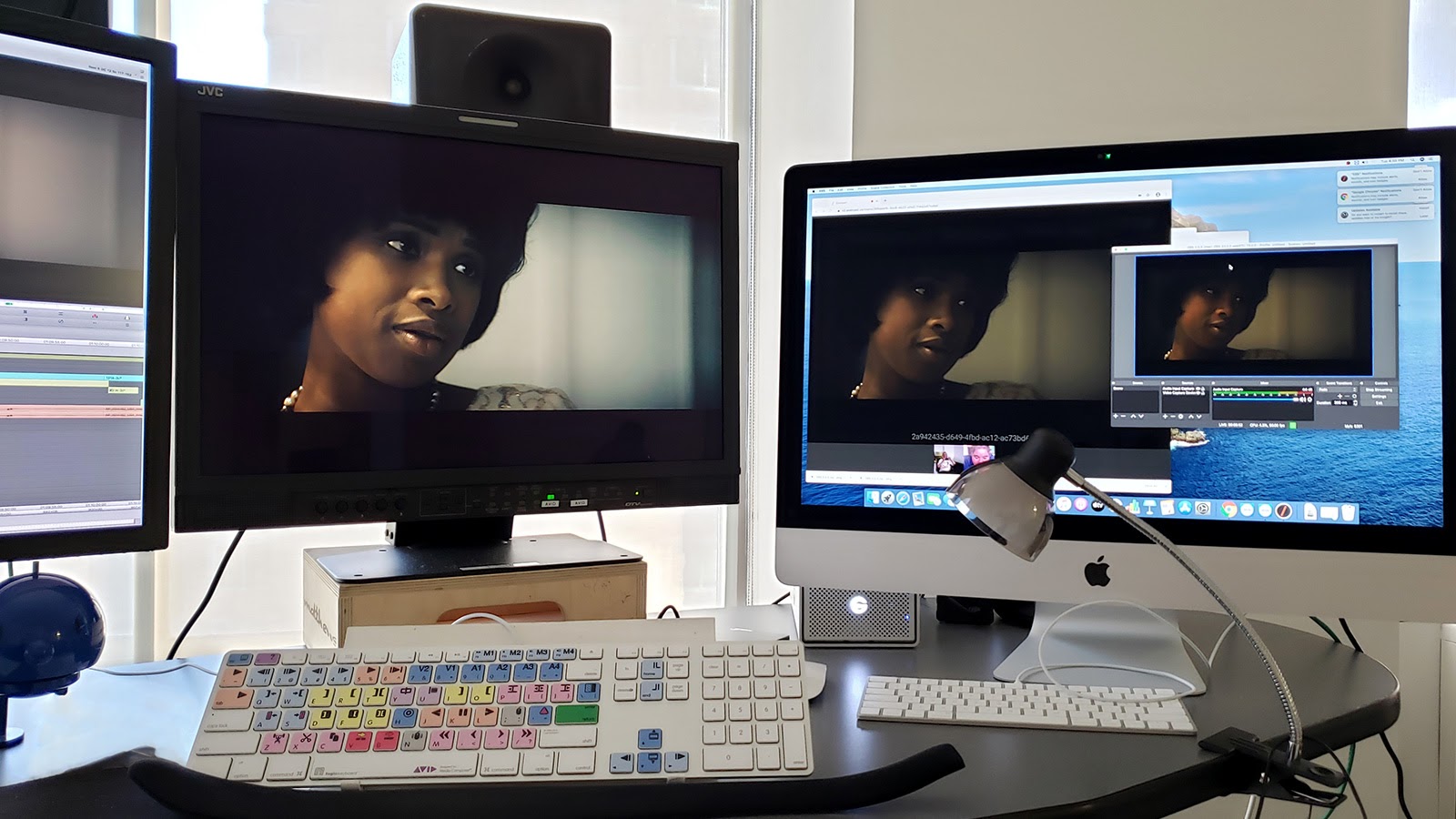
I agree with the fact that there’s no place for ego in the cutting room. I think when you choose to be an editor, that’s already part of your DNA that you don’t have a massively strong ego because that’s not who you are when you’re an editor. It is always going to be the director’s film. It’s always going to be the way they want to tell the story and not the way you want to tell the story. Yes, you can help them, guide them, and advise them, but ultimately if they want to tell the story that way, they’re going to tell the story that way, and they should.
If somebody says to me, “But you wouldn’t have done it that way,” I always say, “But I’m not the one who put myself out there. I didn’t hunt this job as a director. I didn’t go and have to pitch to studios to get this job. I didn’t create a lookbook.” This is the director’s vision. This is the director’s film. So for me, my ego is not important in that case.
One of the things that’s harder for me to deal with is when I know I did a really good job on the scene and the director just doesn’t see it that way.
Where my ego does become a problem for me is when I’ve cut a scene that I think is really well cut, and then the director comes and changes it completely. That’s where I find my ego becoming a problem. Then, sometimes it ends up being a good fifty-fifty, and then sometimes we’ll go back to my version, but that’s one of the things that’s harder for me to deal with is when I know I did a really good job on the scene and the director just doesn’t see it that way.
HULLFISH: How much do you push back on that, or do you not push back at all? Do you fight for your idea?
BEUKES: I will fight for my idea if I think it’s better for the film. My loyalty is always going to be with a film. So, I can sometimes make myself very unpopular because I’m fighting so hard for the film. It turns out that when you work with directors that you get on well with, you tend to have the same feelings about what’s good for the film.
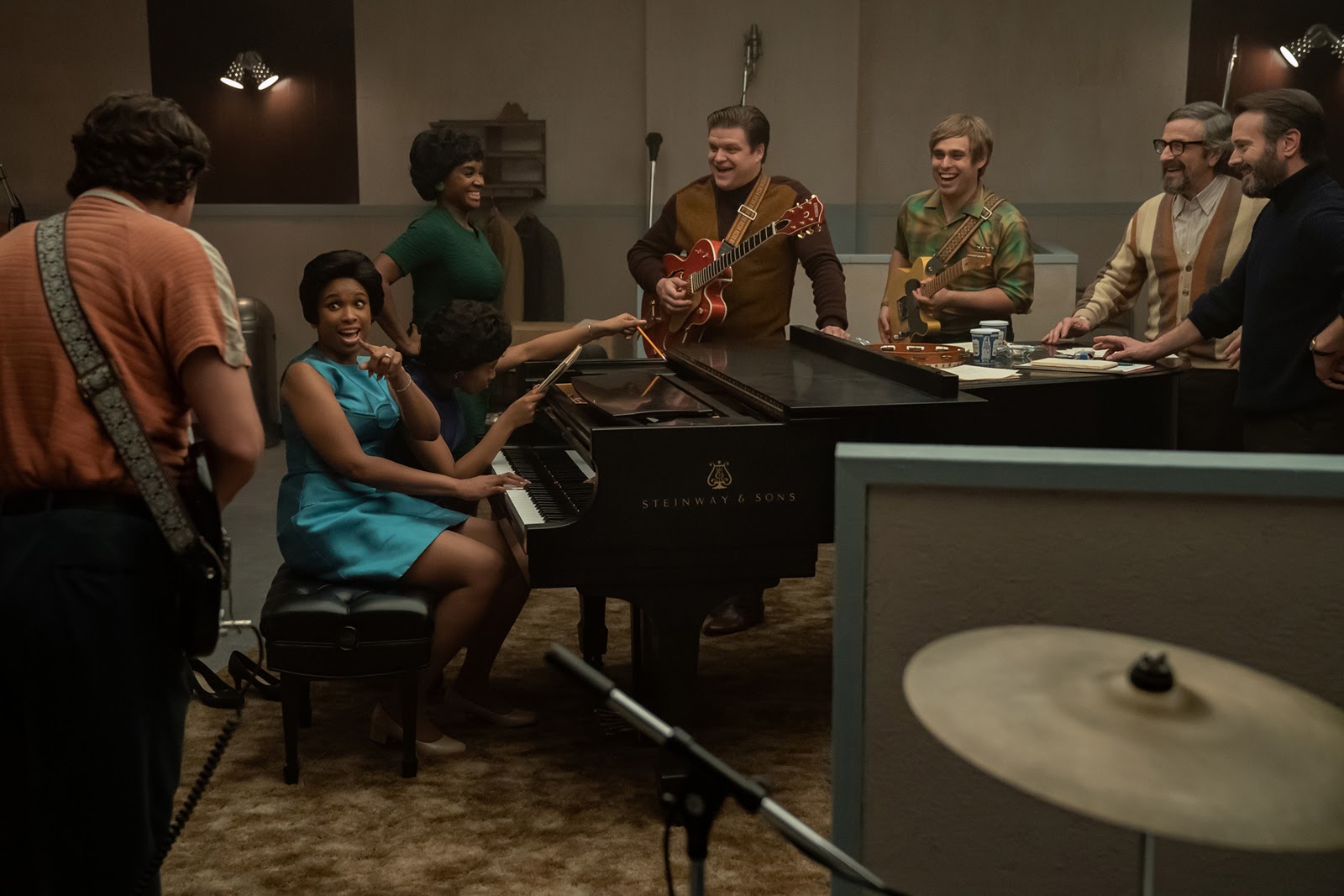
Often, the fight is not with the director, it’s with a producer or maybe somebody from the studio. Then you and the director are united in that fight. So, it doesn’t happen to me very often where I have to fight the director. I do if I feel that my version is better for the film, but then I have to know that it really is. I have to listen very carefully to the director and why the director feels my version isn’t right. Then, I’ll either be won over or I’ll still think mine is better, but you do reach a point where you know you have to step back because it’s not your film.
HULLFISH: I’ve heard a rule of three. You fight for it at the beginning when they say they want their way, you come back halfway through cutting the film and try to get your idea again, and at the end you may be trying to get your idea back in, and then you’ve just got to say, “I want to keep my job and I want to keep my relationship with this director.” No more fighting.
BEUKES: I agree with the three. I think the three is about right. I must be honest with you that I think sometimes I don’t stop in time. Then, I think it’s going to be a really good film because I stepped up, but probably this director’s not going to want to work with me again.
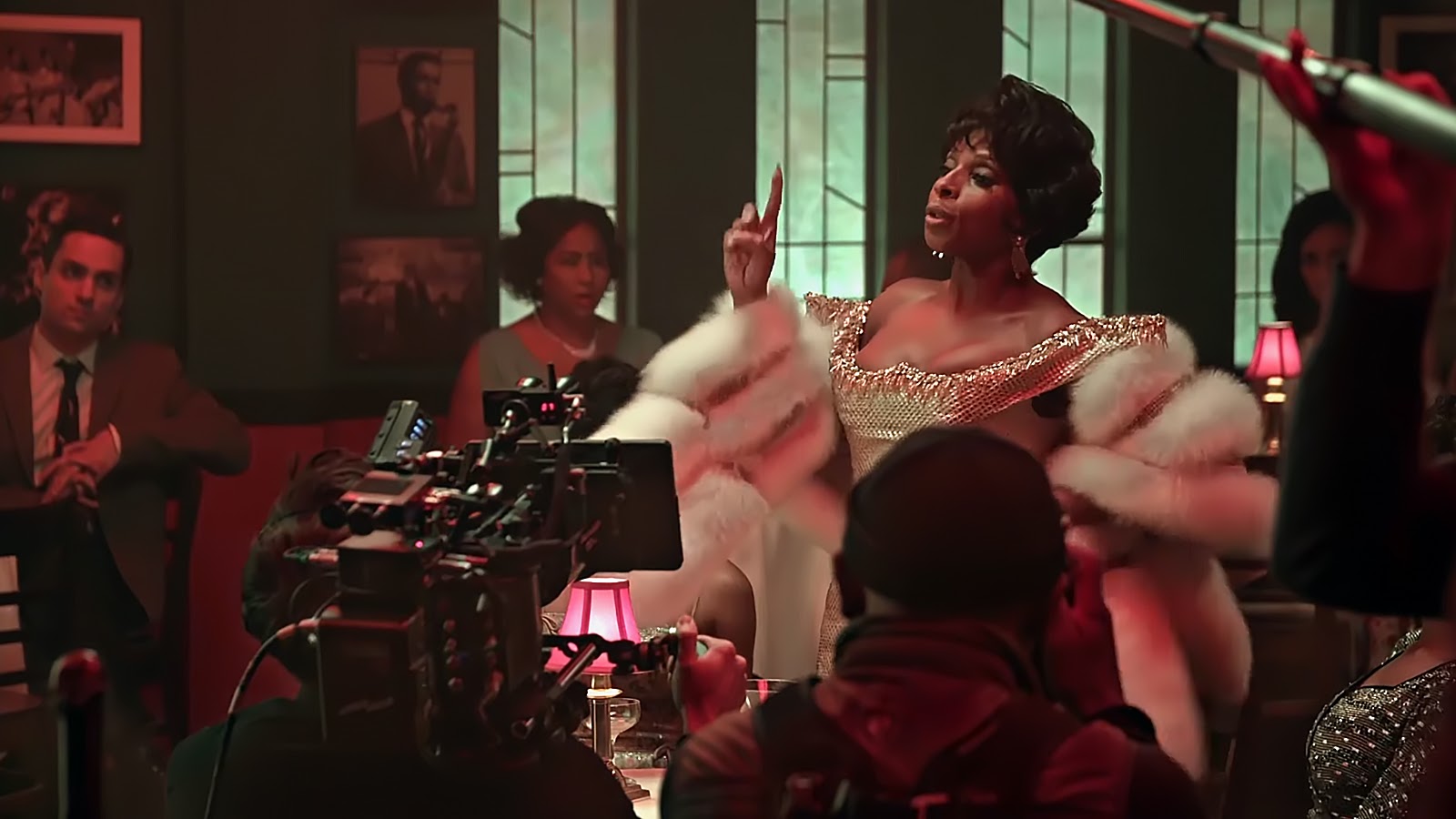
HULLFISH: Yeah, and that must’ve been nice for you with Liesl because you’d already worked with her before and she probably saw that when you disagreed it was because you were fighting for the story and not because you were for your way.
BEUKES: Yes, and I think then if we still disagreed, it was just simply because we saw things differently because everybody’s coming from a different point of view. No matter what you’re working on, you’re all going to see it differently because your experience of life is different. Especially in a film like RESPECT because everybody’s life is different than hers, but you have certain things in common with her especially as a woman. But different women will have different things in common and an African-American person is going to have a different experience than me. You’ve got to be mindful of all of that when you’re fighting for your point of view because sometimes your point of view is just not important and it’s not valid.
HULLFISH: That reminds me of how empathy is another thing that you’ve got to bring into the DNA of being an editor. Can you talk about how empathy informs your editing?
While I’m editing the film…I live in that world. It becomes part of my DNA
BEUKES: I do this very weird thing when I’m editing in the sense that I step into the shoes of the character. So, I become ultra-empathetic I think. I’m just going to relate it back to Queen Sugar for a moment—that was a story about a family, so I would step into the shoes of the entire family. In this film, I stepped specifically into the shoes of our Aretha, whether it was younger Aretha or adult Aretha. While I’m editing the film, and especially during the editor’s cut period when I’m not really dealing with anybody else and it’s just me and the footage, I live in that world. It becomes part of my DNA for that period of time.
I never have a problem trying to find the empathy. Also, I think I’m attracted to particular kinds of stories. For instance, I don’t know how I would cope had I cut a Jeffrey Dahmer film, so I wouldn’t have chosen that film. I know when my empathy is limited and I won’t go to a project where I cannot feel empathy, because then why am I doing it? I have to have empathy with the characters that I’m working with.
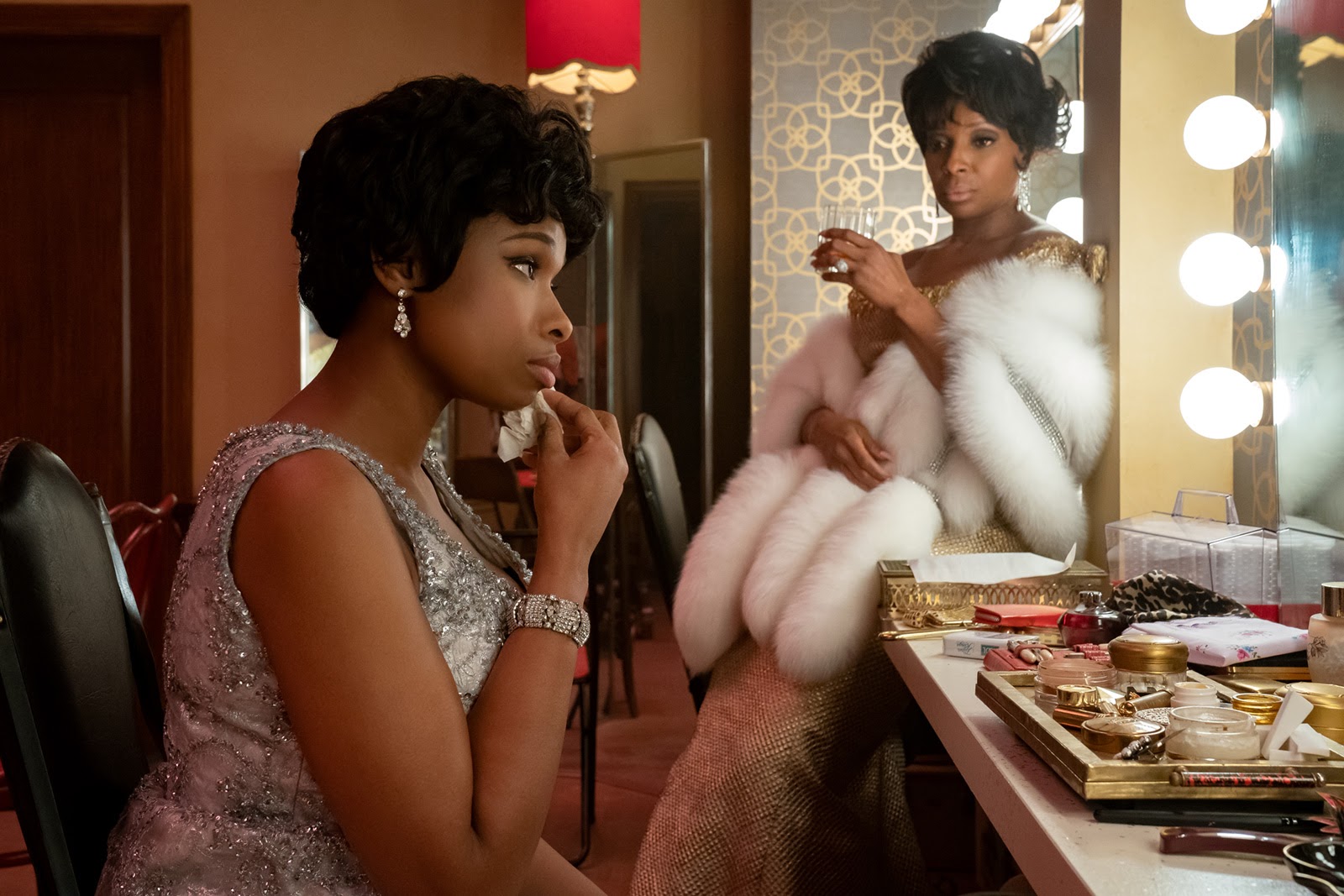
HULLFISH: That’s a very interesting idea. I’ve talked to William Goldenberg about how many of the films that he was editing had something to do with society and social morals. He said, “Yeah, I choose those projects. Those are the projects that I want to be on. The ones that talk about racial justice, and that’s what I want to do.”
Do you have an agent that helps you find or look for those projects or understand when you don’t want to do something because you can’t be empathetic to the character?
BEUKES: Oh, absolutely. My agency is Eastern Talent, and I spoke about it at length with my agent, Maureen Toth, when we had our first get-together because it’s always been the guiding principle for me in choosing a project. We’ve all done projects that we needed to do because we needed to work and earn money. I have tons of those. But I’m very specific about social issues. I’m just not the kind of person who can cut something like Jeffrey Dahmer or anybody like that. I want to know that I’m working on something that not only people can relate to but that can change their hearts, or just speak to them if their heart’s already in the right place. Otherwise, why am I doing this?
I want to know that I’m working on something that not only people can relate to but that can change their hearts.
That’s the whole reason why I got into the business in the first place was to be able to use the medium to bring about change and to make people’s lives better in some way or another. If I can’t do that, then I do turn down jobs where I feel there’s nothing that I can relate to.
HULLFISH: What was the transition like for you from 35mm to cutting on an Avid or Lightworks? What was your first NLE and how did that go?
BEUKES: Were you aware of the transition phase between film and non-linear, which was VHS offline? Or Betacam?
HULLFISH: I did that transition myself.
BEUKES: After that, I would have welcomed anything because remember that 35mm is nonlinear. You can just take something and put it in, which you couldn’t do on Betacam offline or anything like that. You had to go and relay the program from scratch. So, the first NLE system I ever worked on was something called EMC2. I don’t know if you remember that.
HULLFISH: Oh yeah.
BEUKES: So, I worked on EMC2, then I worked on what I call the Mickey Mouse version of EMC2 which was something called D/Vision, which was really just a step up from VHS offline. Then, I worked on Lightworks, and then I worked on Avid.
HULLFISH: Wow. Do you remember the first project that you worked on with EMC2 or Avid? Or the year of the project?
BEUKES: EMC2 would have been around the mid-’90s. So, I was still in South Africa and it would have been a TV series, I’m sure. In South Africa, you work on everything. So, you would do a TV series, then you’d do a feature, then you would do a documentary.
Feature films were almost late to the party in terms of editing because Avid wasn’t widely available. It was really, really expensive for an industry that didn’t have the budgets that American films have. So, that’s why I say Avid came into mind. The first feature film that I cut non-linear was on Lightworks. I think the first feature film I cut on Avid was in 1998.
HULLFISH: Was there something that you brought with you either from editing 35mm or editing on video that informed or helped your nonlinear editing?
BEUKES: The line cutting would not have existed had I not started off in 35mm. My assistants used to do the line cut for me on 35mm. So, that’s where I learned to do that and that’s come with me.
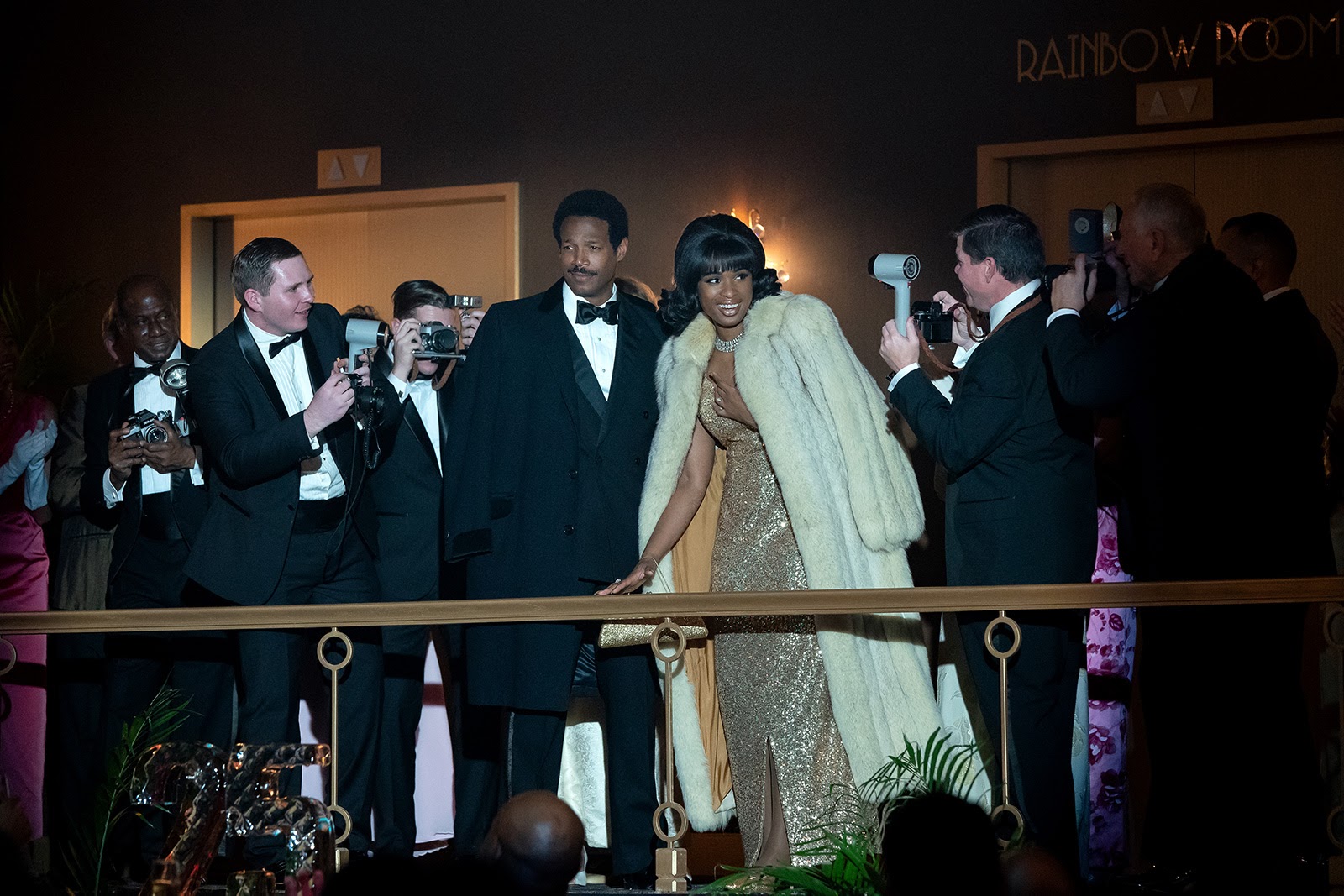
Because you keep watching different takes, you would have to take a reel off and put another reel on. If I had a scene with a lot of footage, I would sometimes have five reels of that one scene, line cut. I would work in sections. You’d have the first part of the first page of the scene, then the second page of the scene. The line cut that I still use to this day comes from 35mm.
HULLFISH: Very interesting. But they probably had to cut that fatter though because you would have been losing frames?
BEUKES: No, you don’t lose frames on the cutting print. You only lose frames on the near cut. So It’s cut exactly the same way. Obviously, it just takes a lot longer to do.
HULLFISH: Interesting. I can’t imagine trying to do a line cut in 35mm.
BEUKES: That’s where I first learned it. When I was assisting I worked for an editor who did that, so I learned to do it for him, and then it just carried on from there.
I’ve worked on a lot of documentaries where people would shoot for a year or two and then bring you all the footage and leave you with it.
HULLFISH: You said you’ve cut some documentaries. Does that inform your feature work in some way or vice versa?
BEUKES: I would say my feature or narrative of work informs my documentary work in the sense of creating and telling a story. So, I think even though I was doing both early on in my career, I was pretty much hopping from one to the other all the time. It was always the sense of the storytelling that drew me to the documentary. I was using my storytelling that I learned from narrative into cutting documentaries. Also, I’ve worked on a lot of documentaries where people would shoot for a year or two and then bring you all the footage and leave you with it.
HULLFISH: Yup.
BEUKES: So, that storytelling experience really came in handy, but I haven’t worked in documentaries for a while.
HULLFISH: I was going to ask, would you still try to piece together an entire timeline in documentaries instead of building out little short scenes or stories?
BEUKES: Please tell me what the advantage is of doing one scene in a timeline. I’m not familiar with it.
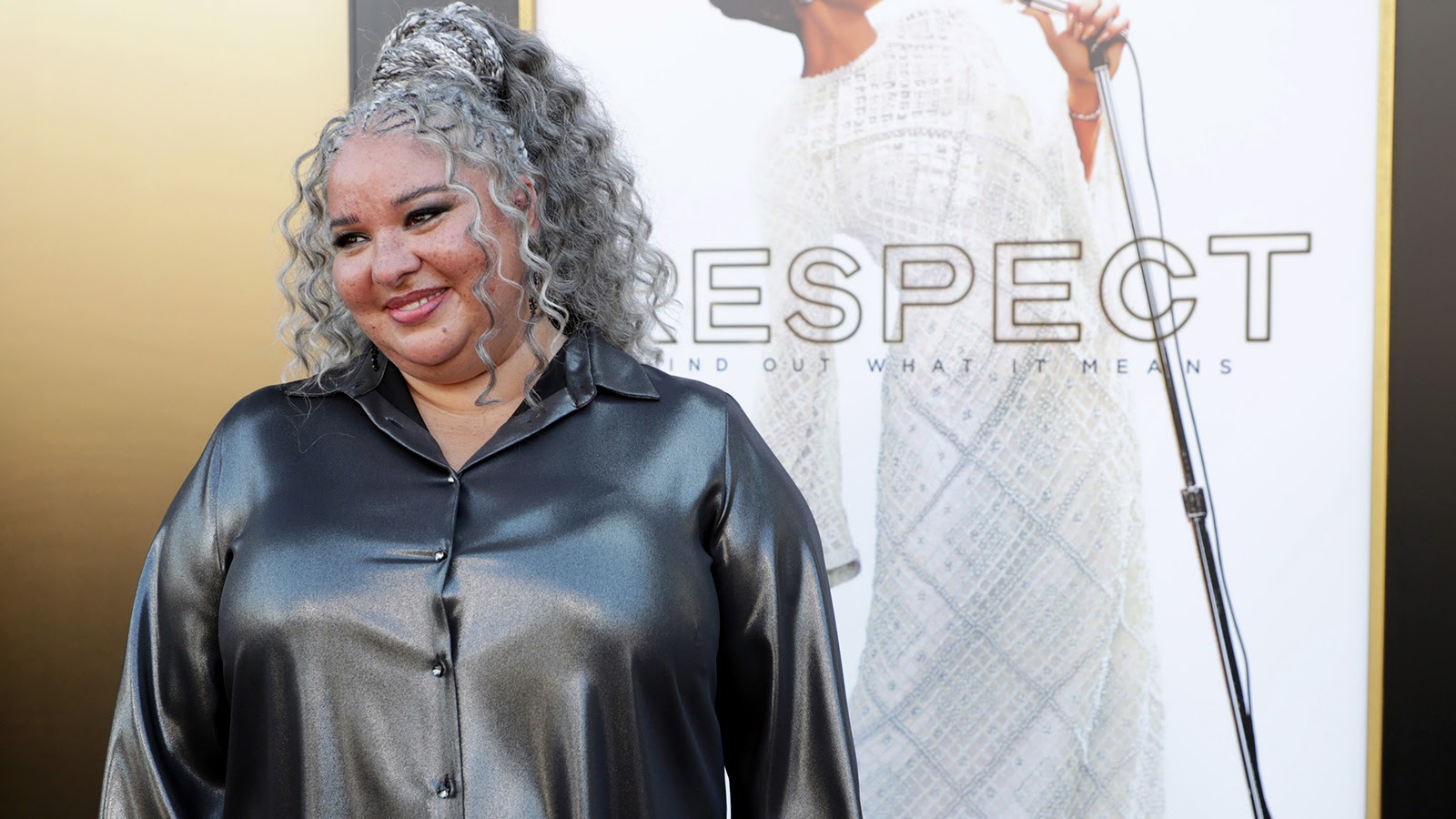
HULLFISH: I am not saying that there’s an advantage. I just don’t know that I could wrap my head around that much material. Sometimes I’ve talked to documentary editors where they’ll say, “My timeline was 24 hours long.”
BEUKES: I’ve had that. That’s the only reason I would break it up because it starts slowing the Avid down. I’ve had to actually break the timeline up in documentaries because the Avid just couldn’t cope, but you wouldn’t have that in a feature.
I ask that question because as somebody whose never done it, I don’t know what you feel when you are confronted with a long timeline as opposed to just having one scene. The only experience I have with it is if I’m doing an alt scene. If I’m cutting an alt version of a scene then I would just have that one scene in the timeline.
HULLFISH: For me, it’s compartmentalization. To be able to just think about just this much of the film, just some small piece, and then say, “Okay, I’ve got that scene that I can stick in if I need to, or I’ve built that. What other scene can I build?” I can’t think about building the whole two-hour film. It’s just too big for me. It’s too much for my brain.
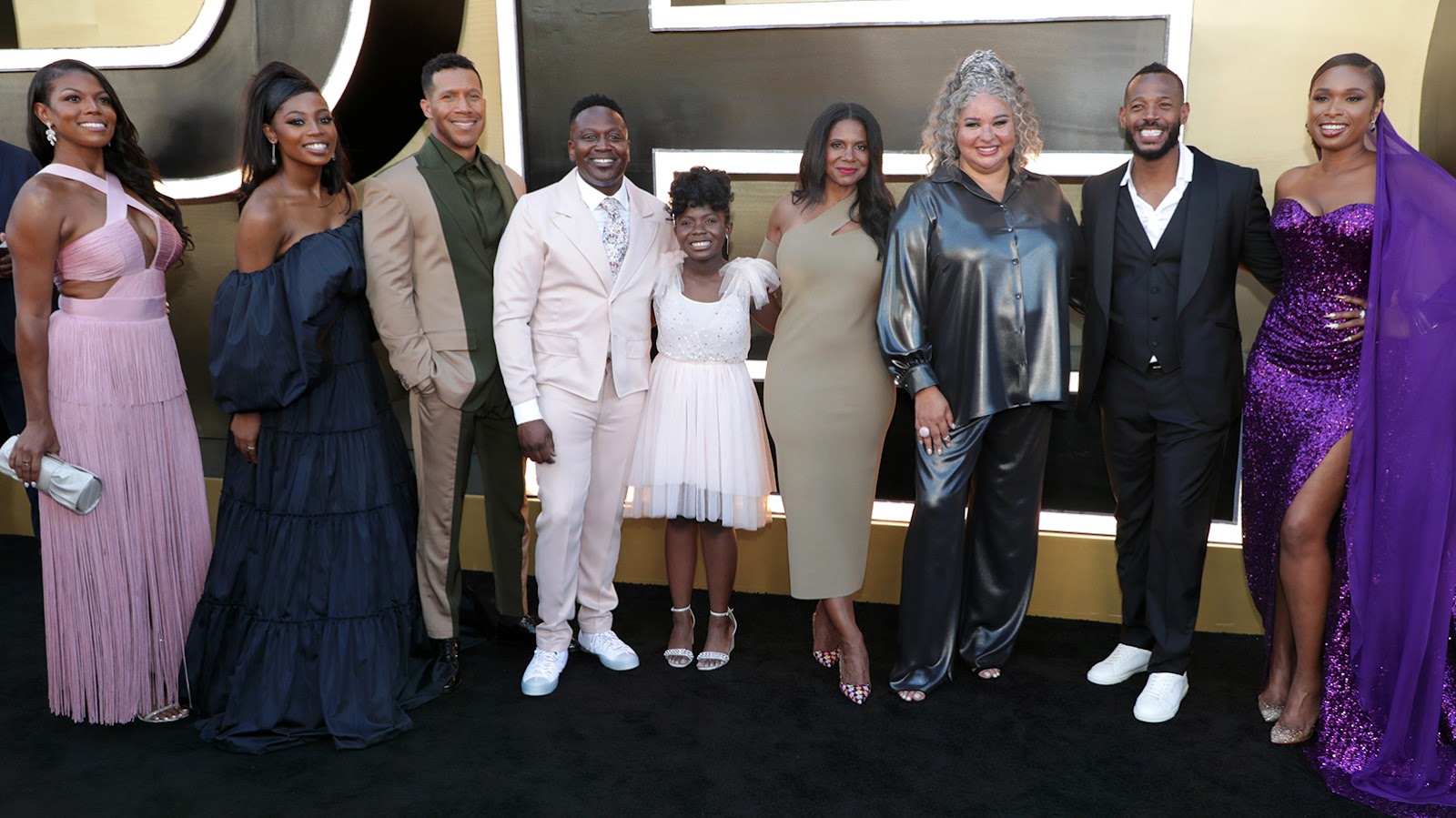
BEUKES: But you don’t though. When I get my dailies, I’m working scene by scene so I am thinking about that scene, but the moment I’ve cut that scene then I’m thinking about that scene’s place within the whole film. While I’m cutting the scene, I’m just focusing on that scene. It happens to be in the timeline, but I’m in this part of the timeline and I’m not worrying about the ends of the timeline, the beginning or the end.
HULLFISH: But you’ve got maybe an hour of footage after the scene that you’re cutting that you’re trying to push along as you’re adding to your scene. I love the idea. I’m not disagreeing with you at all. I’m just trying to wrap my brain around how I would do it, and everybody’s different.
BEUKES: When I’m in a scene, I’m not really aware of what’s around that scene. It’s only after I finished cutting the scene that I immediately think, “Okay, now how does it fit in?”
HULLFISH: But it’s always in the timeline?
BEUKES: It’s always in the timeline. My timeline will sometimes get very long because I have a scene to cut, and when I put the line cut into the timeline, the line cut might be two hours long. I’m starting to whittle away at it so quickly that it’s two and a half hours long for half an hour, then it’s never two and a half hours long again.
HULLFISH: Do you remember how long the editor’s assembly was on RESPECT?
BEUKES: [Laughs] Do you really want to know?
HULLFISH: I really do want to know
BEUKES: Five hours.
HULLFISH: Wow. Five hours.
BEUKES: But remember there were full musical sequences. So, every song was filmed in full. Even though we knew we wouldn’t necessarily use the whole song, it was filmed in full so that we would have it if we needed it. So that contributed a lot to the length. But yes, that’s all on one timeline.
It’s perfect. I don’t want to change a thing, but I have to deliver a two-hour movie.
HULLFISH: My favorite story about a long timeline is I think it was David Lynch who said to his editor when they got done with an editor screening that was four hours long, “It’s perfect. I don’t want to change a thing, but I have to deliver a two-hour movie.”
BEUKES: At times that does happen.
HULLFISH: That’s a difficult place to be in. You’ve delivered a great film at five hours, and it has to be half of that.
BEUKES: I knew when I delivered the five-hour cut that there was a lot of fat there. I knew because I hadn’t taken any lines out. As I said, I had my alt scenes where I had removed things, but for that cut, I didn’t take anything out. So, it was easy to immediately lose quite a lot of time. Let’s say it was easy to lose an hour.
HULLFISH: Right. I believe It was easy to lose an hour, but now you still have to lose half.
BEUKES: Yeah.
HULLFISH: Maybe not half, but yeah. Then how do you protect the things, the moments, that you really want to protect? The fact that you don’t want to cut any musical numbers makes for hard decisions.
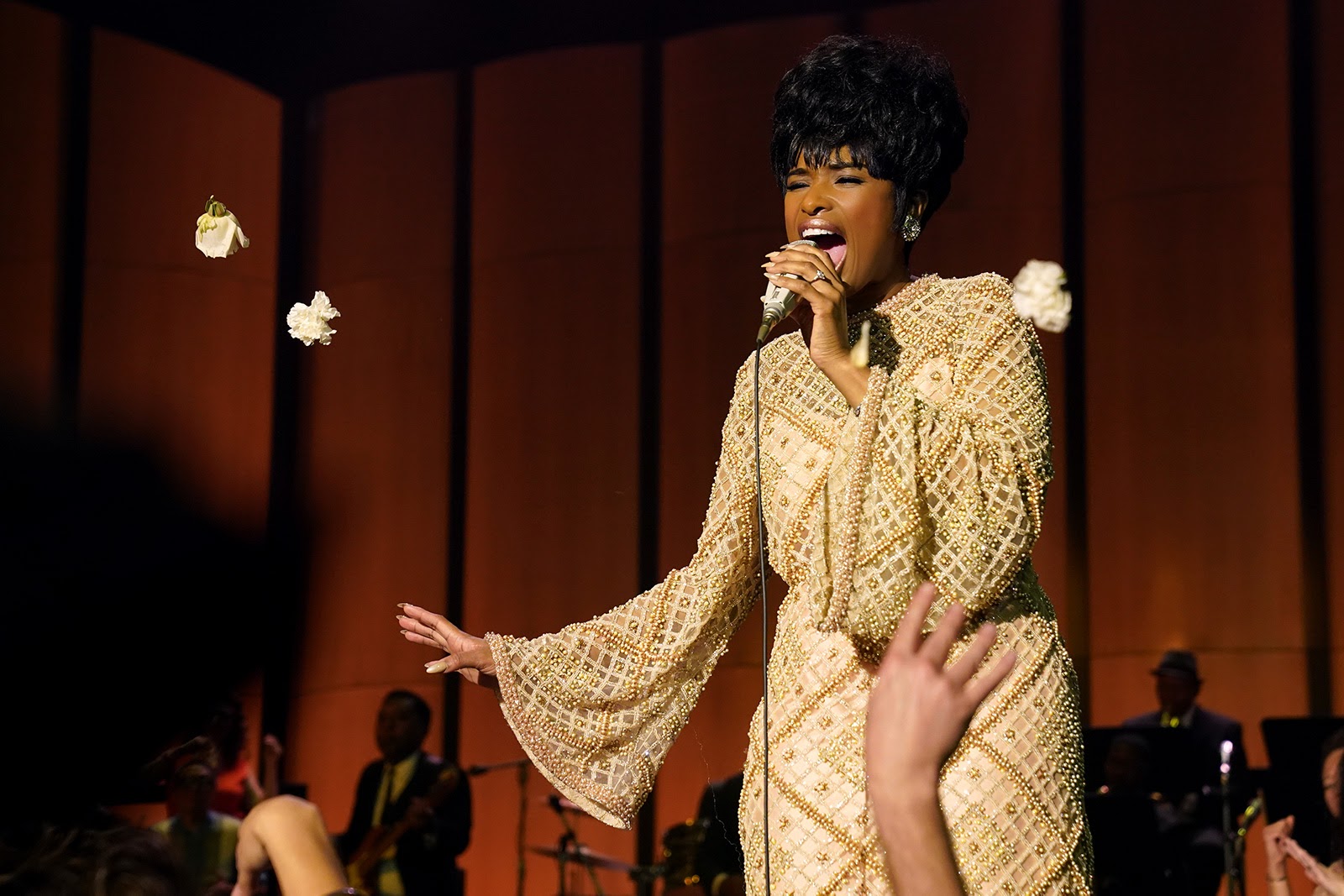
BEUKES: For a long time, we weren’t cutting down on the musical numbers. We just kept the music intact even though they were part of the story, we were working on the story around the musical numbers. We tightened and tightened and were deciding what scenes we didn’t want. We got quite a lot out of that. Initially, this is why we were working on the director’s cut.
Then, we started focusing on musical numbers. Which ones do we want to play in full and which ones don’t we want to play in full? Which ones do we just want to have a hint of a song and which ones maybe we hold the whole song out? Then, when we went into that section, we also lost a whole bunch of time. So then we went back and said, “Now we’ve done that pass. Now let’s look at shortening the scenes even more. Are there more scenes we want to take out?” I think we did lose entire scenes, especially in the earlier part of the film, but I think we did a pretty good job of keeping scenes in and cutting them down.
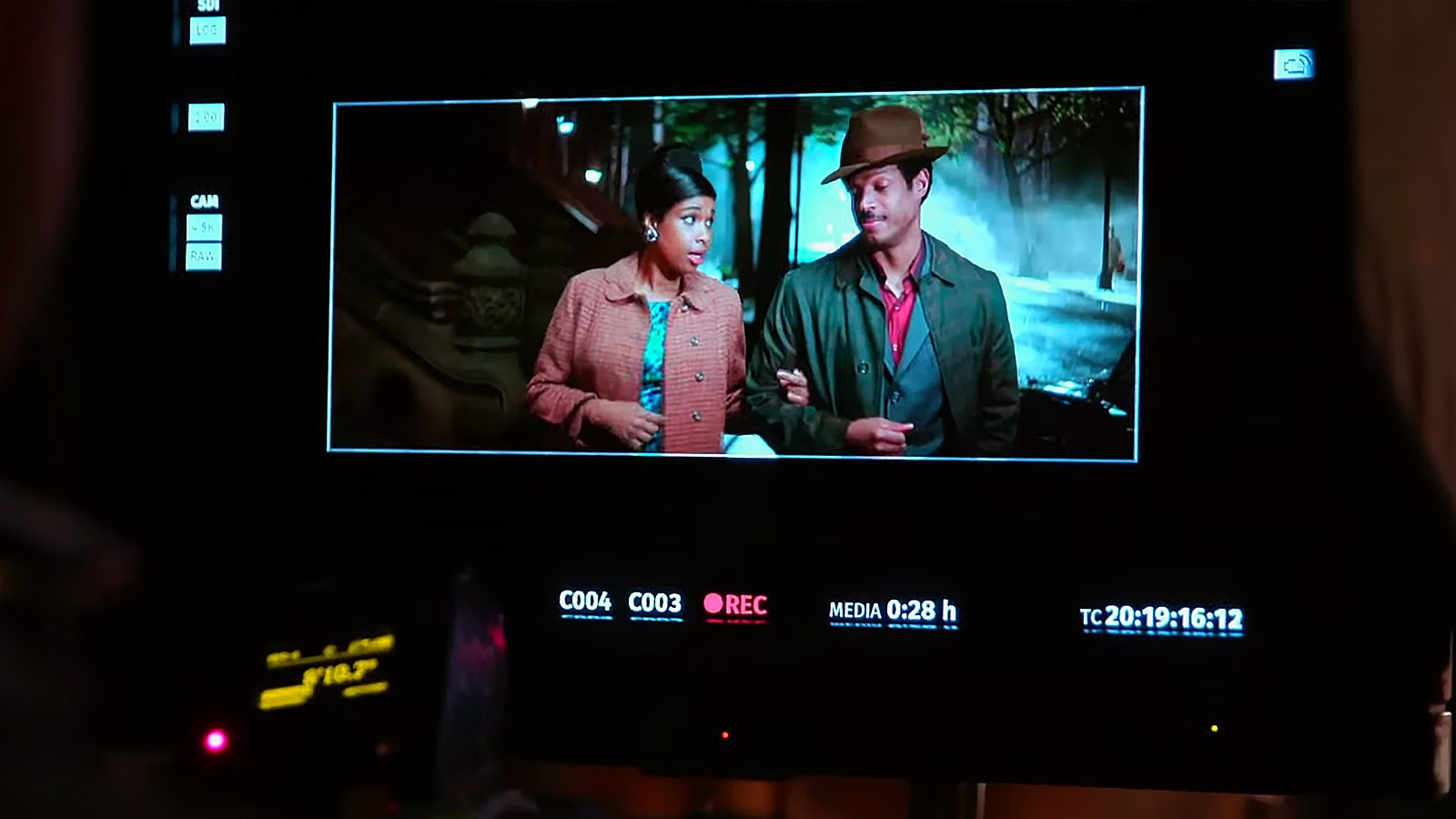
HULLFISH: Did it ever happen that you montaged scenes?
BEUKES: Yes. Not a lot because it wasn’t necessarily written in a way that you could montage a scene, but yes we absolutely did that.
HULLFISH: Were there any montages that were written as montages?
BEUKES: Yes, and those are still montages.
HULLFISH: I was going to ask about which ones weren’t written as montages. Do you remember?
BEUKES: Yes. There’s a sequence more or less in the middle of the film, which deals with Aretha leaving Columbia Records and going over to Jerry Wexler where we had full scenes telling us that story in quite a bit of detail. Obviously, we were trying to cut the movie down. If we didn’t have to cut the movie down, we would have probably left them, but we realized that we could still tell that story by losing some of the finer things even though it may not be in such detail. So, that became drastically reduced into a montage.
HULLFISH: Very interesting. Were all those changes that you made because of an actual time constraint or because you felt the audience can only sit for so long? Was it more of a feeling of how long the story is than a mandate to be out of the film by two hours, two hours and thirty minutes, or whatever they were pushing for?
You can have a movie that’s three hours that people find more compelling than a movie that’s two hours.
BEUKES: Steve, the interesting thing is that we did quite a lot of friends and family screenings, and you can have a movie that’s three hours that people find more compelling than a movie that’s two hours. So, that was really tricky.
We weren’t restricting ourselves to only making these big changes because of time. We were also looking very carefully at the story we were telling, the story we wanted to tell, and how we wanted to tell the story. I think that was our guiding principle for most of the time. Then, we’d very reluctantly say, “Okay, but we have to lose time.” So, we kept on working on the film and that would always be at the back of our minds, but it wasn’t first and foremost in what we were doing.
HULLFISH: Avril, you’ve given me so much of your time today. I really appreciate this in-depth look. Thank you so much for chatting with me. It’s really been enlightening.
BEUKES: Thank you, Steve. On my very next project that I do, I’m going to try your one scene per timeline thing.
HULLFISH: I don’t know. Don’t just do it.
BEUKES: I have to at least try to see why it came up so many times.
HULLFISH: Well, I’m not the only one. You are one of the very few people that I’ve ever talked to that edits in an entire timeline like that.
BEUKES: Okay, so then even more reason why I need to try it.
HULLFISH: Not because it’s wrong. I’ve cut two films that way, where I cut in a single timeline from beginning to end. The reason why I did it on both is because I came in after the shooting was done, so therefore I could cut in linear order, and when I could cut in linear order then I did.
BEUKES: I’ve done the same when I’ve come in after the shoot. It’s a luxury.
HULLFISH: It’s always interesting learning from other editors. Thank you so much for your time.
BEUKES: Thank you. Bye.


